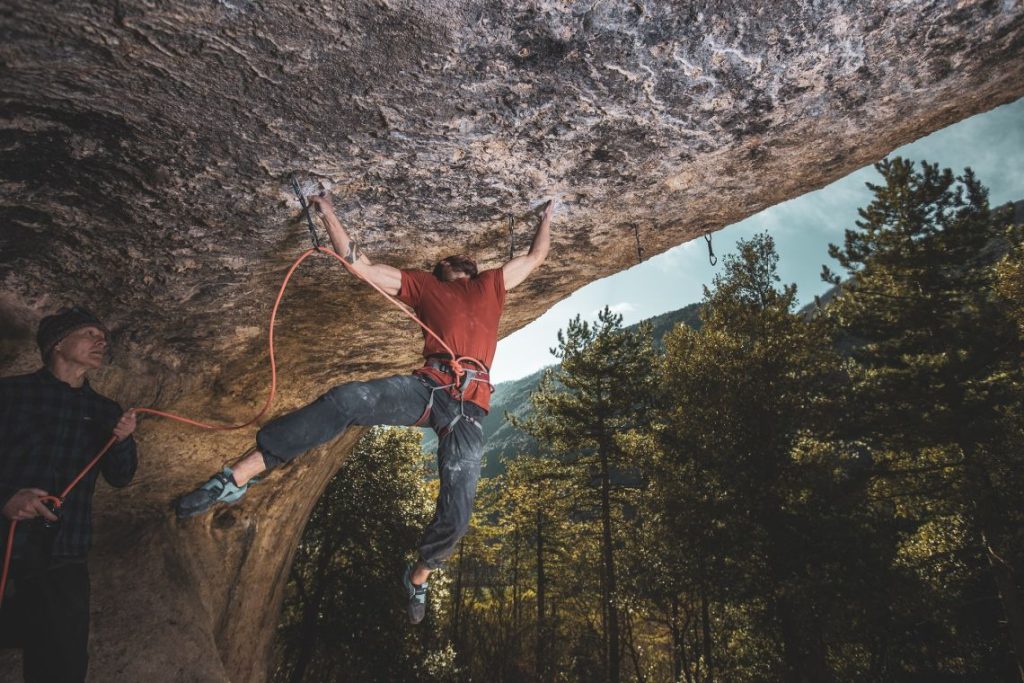
He is not just a photographer – he is a sportive that made his passion a work. Climbing, MTB, freeride ski, trail running are the sports that Luca loves to photograph.
Luca recently went on a trip to Grotti with climber Elias Iagnemma to shoot on the hardest climbing route in the Lazio region.
Words and images by Luca Parisse
Many weeks ago I went to Grotti (Ri, Italy) to shoot the strong climber Elias Iagnemma in action on the hardest climbing route in Lazio region: “Last Tango at Zagarolo” 9a/9a+
To carry the equipment I used the f-stop Tilopa, with a Large Pro ICU. This was the equipment that I had inside:
Canon 1DX MKII body, three lenses (canon 16-35mm f2,8L II, sigma 35mm f1,4 Art and canon 24-105 f4 L) and the Elinchrom ELB500 Flash with the action head and the Skyport Pro Transmitter. In the front and laterals pockets I had: harness, carabiners, handle ascender and a belay device. Outside the bag, I had the rope.
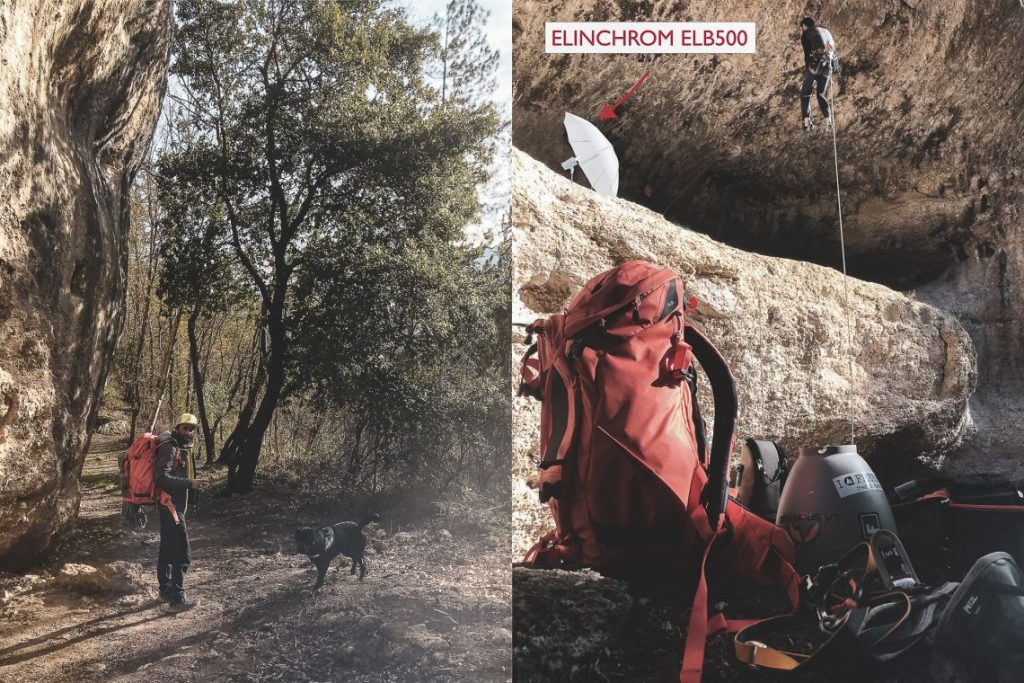
Firstly, I shot the first section of the route that was inside a dark cave with a very bright sun outside. For this reason, I used the flash with a big umbrella as a diffuser in order to achieve both the proper light on the climber and the correct exposure on the background.
I got the background exposure first and then I turned the flash power to light up the cave and the climber.
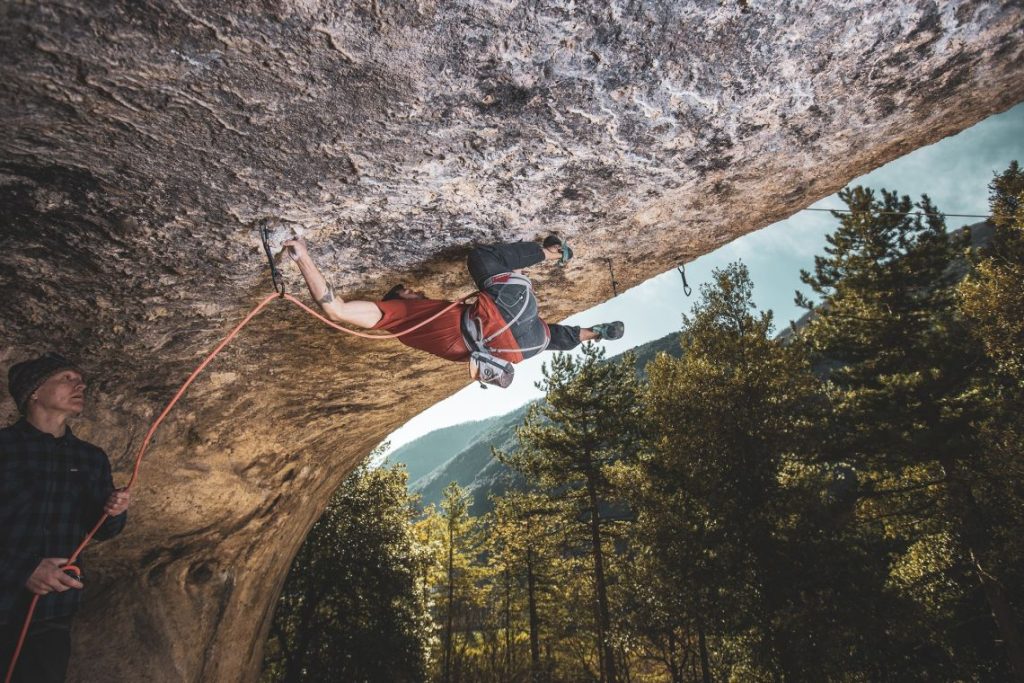
I shot with a wide-angle lens to capture most of the cave but without getting the poetic bokeh effect in the background.
So I also used one of my favorite lenses: the Sigma 35mm f1,4 Art Series. Thanks to the hypersinc function of my flash I was able to exploit the full lens aperture without ND filters. This way I obtained very cool painting-like pictures.
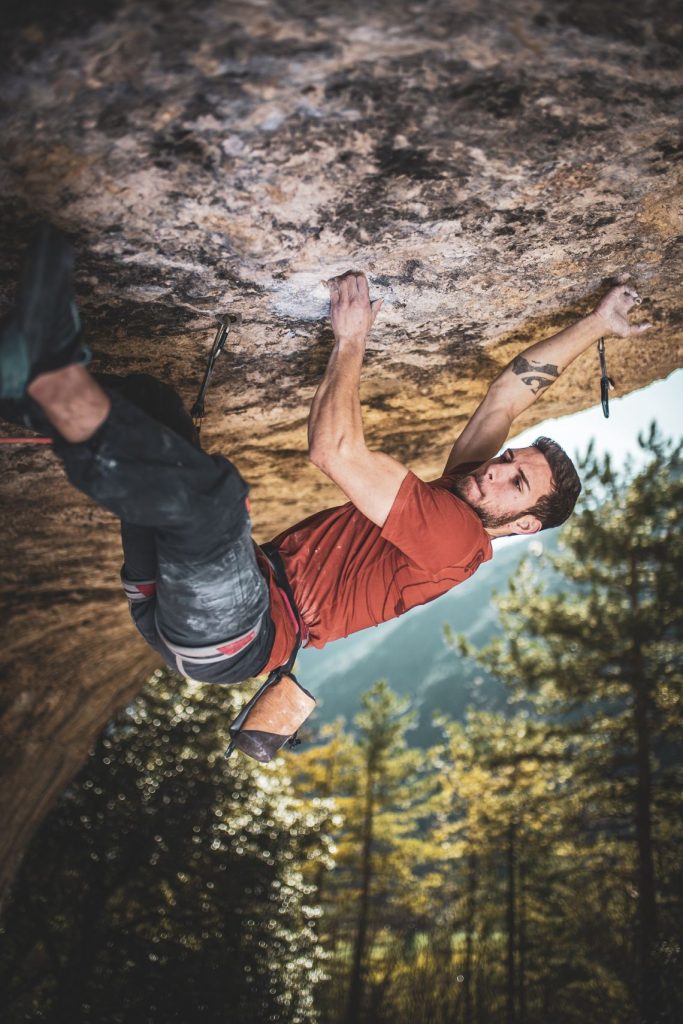
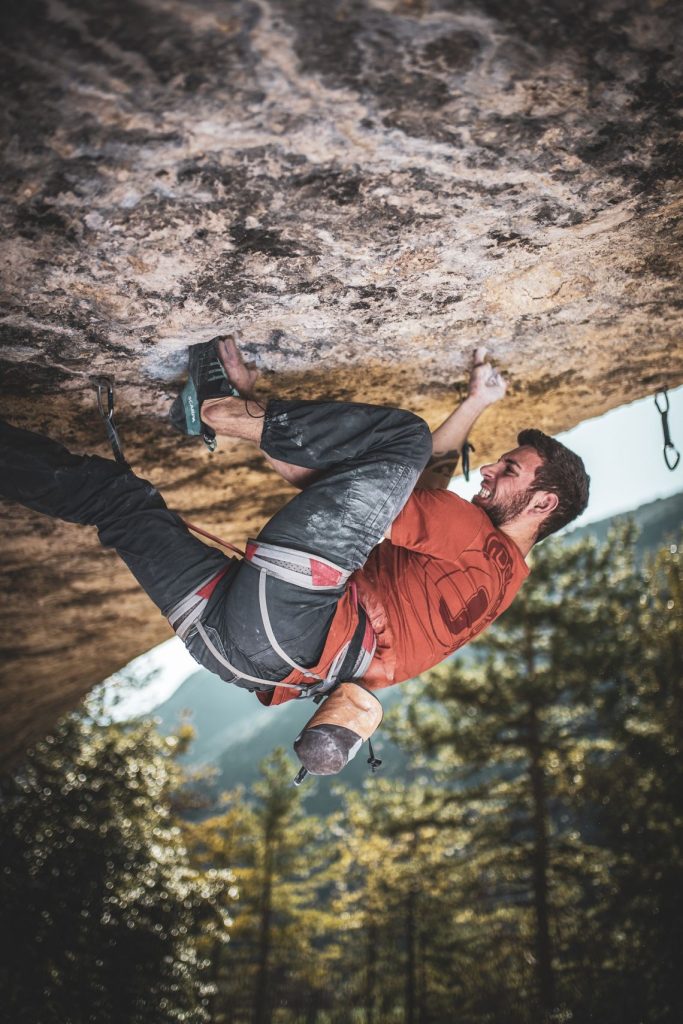
To shot the second part of the route I climbed about 20 meters using a fixed rope, a handle ascender, and a belay device.
I carried the camera with Canon 24-105L lens in the small f-stop Navin secured to the harness.
I hope you found these tips interesting!
Be creative and have fun!
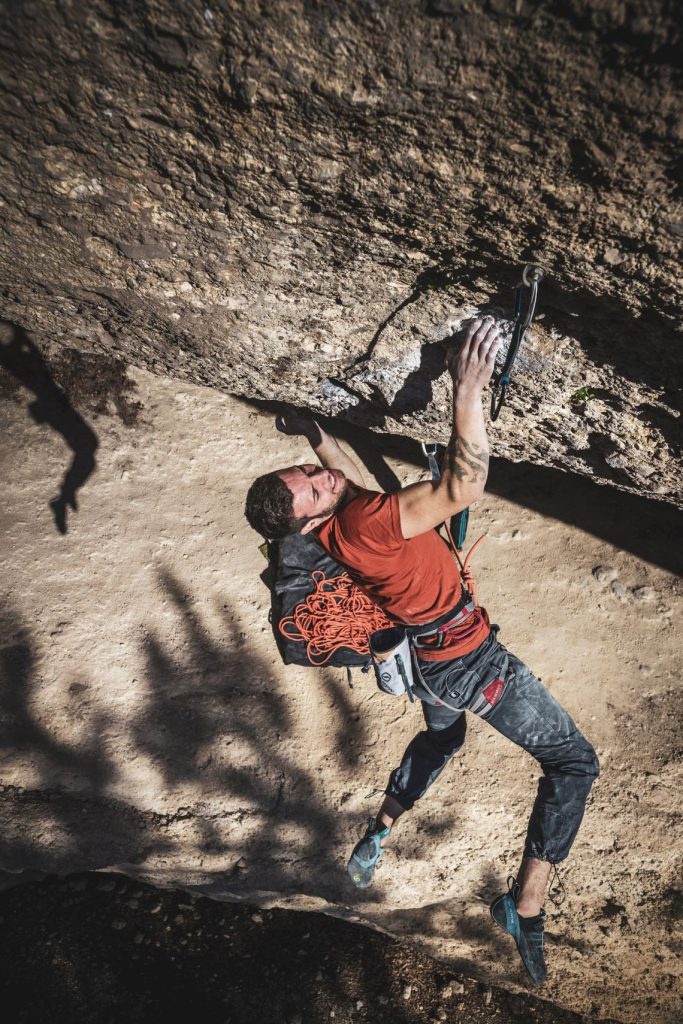
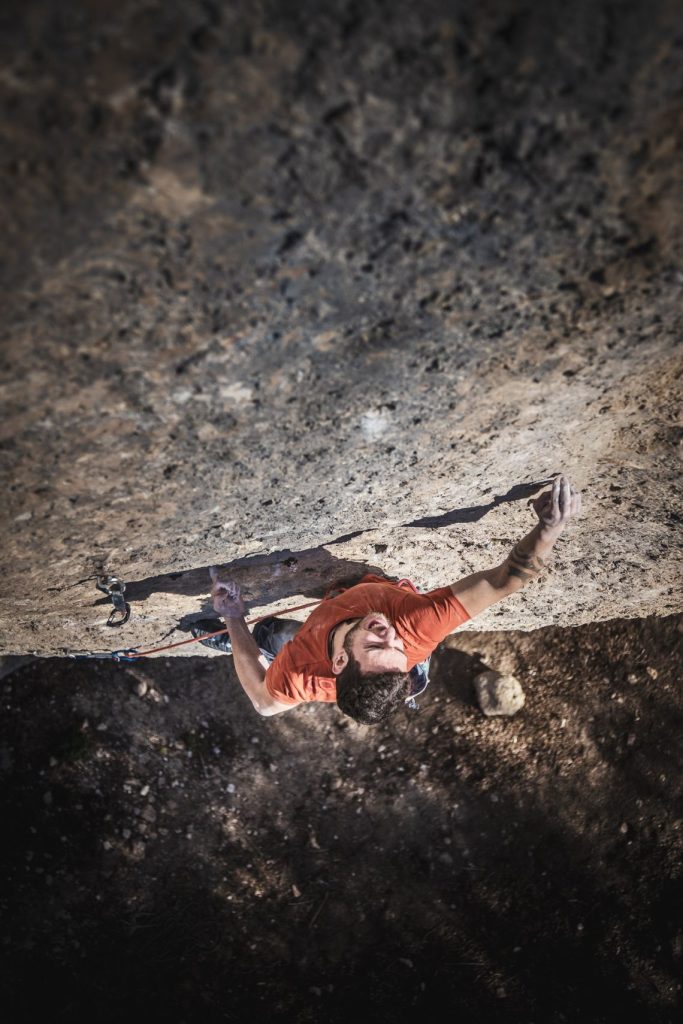
You can find Luca's work on his website, Instagram and Facebook.
"We Are f-stop" is for all f-stop users to share their stories from the field, from small daily adventures to epic travels. Contact us with your story on Facebook or drop us an email to [email protected] and let us know where your photography takes you and your f-stop pack!
SHOP ALL GEAR MORE WE ARE f-stop


©2022 F-stop

In 2018 the Japanese premium monitor manufacturer EIZO produced the first edition of their tutorial film series “Colourclass” on the Lofoten islands in Norway. In the second edition they traveled in the opposite direction of the globe, explored the beautiful country Namibia and shot eleven tutorial videos. Like 2018, they relied on f-stop gear transporting their extensive equipment.

While the Lofoten series focused on different landscape photography topics, the Namibia series picked out additional subjects: panorama, astro, time-lapse, and wildlife photography – furthermore filming with the mirrorless camera, video post-production and different color management topics like color settings in the camera and software, monitor calibration targets, and also the soft-proof view when printing pictures at an external service provider. And of course, the whole variety of stunning impressions of a wonderful country.
In Namibia Colourclass inventor and organizer Christian Ohlig, Product Marketing Manager Graphics at EIZO Europe, was joined by the Photographer and Trainer Alexander Heinrichs and Director of Photography Stephan Klein who shot the Colourclass Lofoten, too, but this time also acts in front of the camera.
As one might expect, photographers accompanied by a professional film crew has quite a lot of gear to transport to the destination and on location. All the gear had to be taken along by plane together with the crew. Furthermore, the team wanted to be flexible and mobile to preserve the documentary-like character of the episodes. The crew as well as the entire gear had to fit into a single Land-Cruiser with an extended cabin, and the team never stayed longer than two nights at a single location. Hence, flexibility and compactness were crucial on the one hand, but as the team planned to travel more than 2,400 kilometers mainly on dusty gravel roads and working out of open safari vehicles in hot and dusty conditions, protection of the sensible gear was imperative as well.


The central carrying components where the Tilopa and Ajna backpacks, for in-cabin carrying as well as transport on location. Additional ICUs with extra gear where stowed in Zarges aluminum boxes and Peli Cases in the checked baggage. “As we made excellent experiences with our f-stop gear backpacks on our Lofoten production, f-stop gear of course was my first choice for the Colourclass Namibia once again”, elaborates Christian Ohlig from EIZO Europe. “As we knew that we would often have to work in narrow spaces like the seat of a safari car, a hot air balloon or a helicopter where we would not be able to work out of our Tilopa backpacks, we used Florentin shoulder bags for every crew member”, Christian explains his decision.
But the shoulder bags have not only proven their worth in narrow spaces, they were also very useful as additional storage room during the long-distance drives from one location to the other, while being mounted at the backrest of the front seats in the crew car. And, of course, as intended, primarily while shooting in a safari vehicle or just stowed on the floor while flying in the balloon or helicopter.

“The ICU concept was ideal for us”, Stephan Klein, Director of Photography and founder of the film company hunderteins, sums up f-stop’s largest advantage in his eyes. “We had several dedicated ICUs readily packed for different topics like time-lapse, for instance. While not in use, they were stowed in Peli-hard-cases, and we were able to configure our gear quickly for the next shoot or topic without taking the risk of forgetting something by packing from scratch. Furthermore, we did not need to modify our ICU dividers every time – we could just easily and quickly switch the whole ICU while keeping our every-day accessories stowed in our backpacks and shoulder bags”, Stephan explains.


Not only the crew has been challenged in this two-week shooting journey: High temperatures, often more than 40°C, a dust storm and rain while shooting in Etosha National Park, and the omnipresent endless hours on endless gravel roads also challenged the equipment. Not least thanks to the f-stop gear solutions, the EIZO crew’s equipment suffered no hardware damages and was returned safely back to Germany, where they shot the final three episodes of this series in the studio in Bonn and the professional photo lab of WhiteWall.

After months of editing, postproduction and language adaption EIZO has now released the “Colourclass Namibia” globally. Eleven episodes are available in English, German, Italian, Dutch, and Czech language for free here: www.eizo.academy
f-stop gear is proud of having supported this great project and is looking forward to what EIZO is planning in the future.
"We Are f-stop" is for all f-stop users to share their stories from the field, from small daily adventures to epic travels. Contact us with your story on Facebook or drop us an email to [email protected] and let us know where your photography takes you and your f-stop pack!
SHOP ALL GEAR MORE WE ARE f-stop


©2022 F-stop
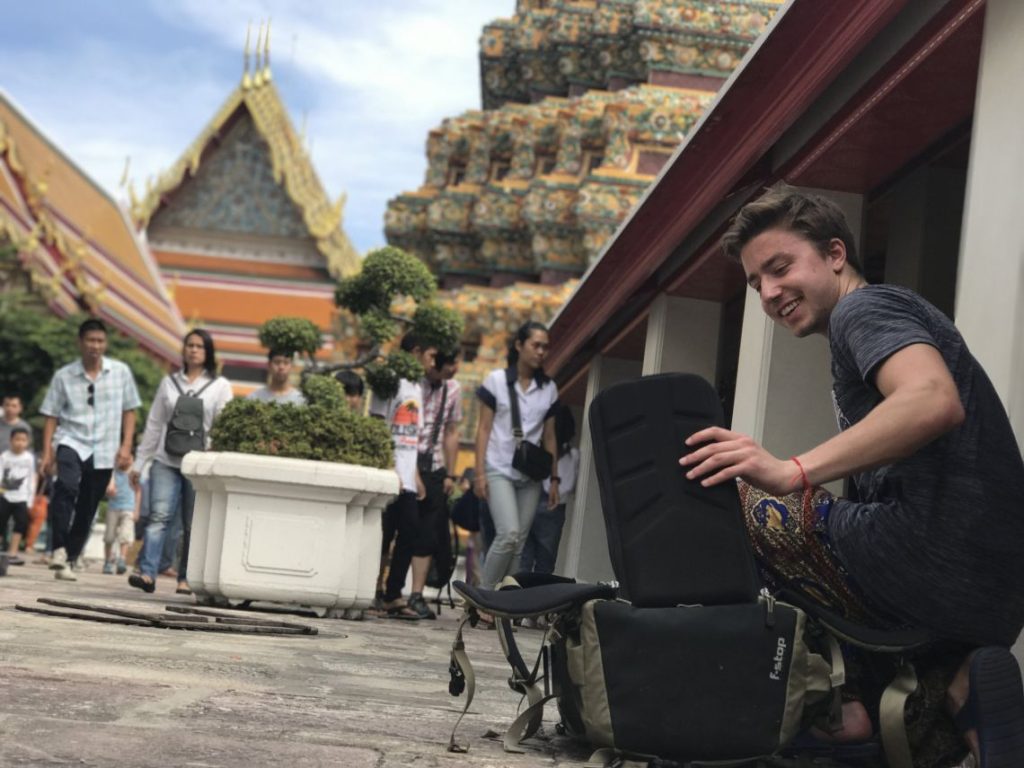
This week's 'We Are f-stop' story comes from Eric Schirtzinger of Madison, Wisconsin-based production company Bascom Brothers. Eric is a visual storyteller, musician, and computer engineer with a fascination for all things creative. Travel has always been at the center of his passion for video production, capturing memories of the worlds wonders as they continue to inspire him. Journey with Eric and his trusty Tilopa through the Thailand, as they spend 25 days capturing the range of experiences, culture and natural beauty they meet on their travels.
Words and photos by Eric Schirtzinger
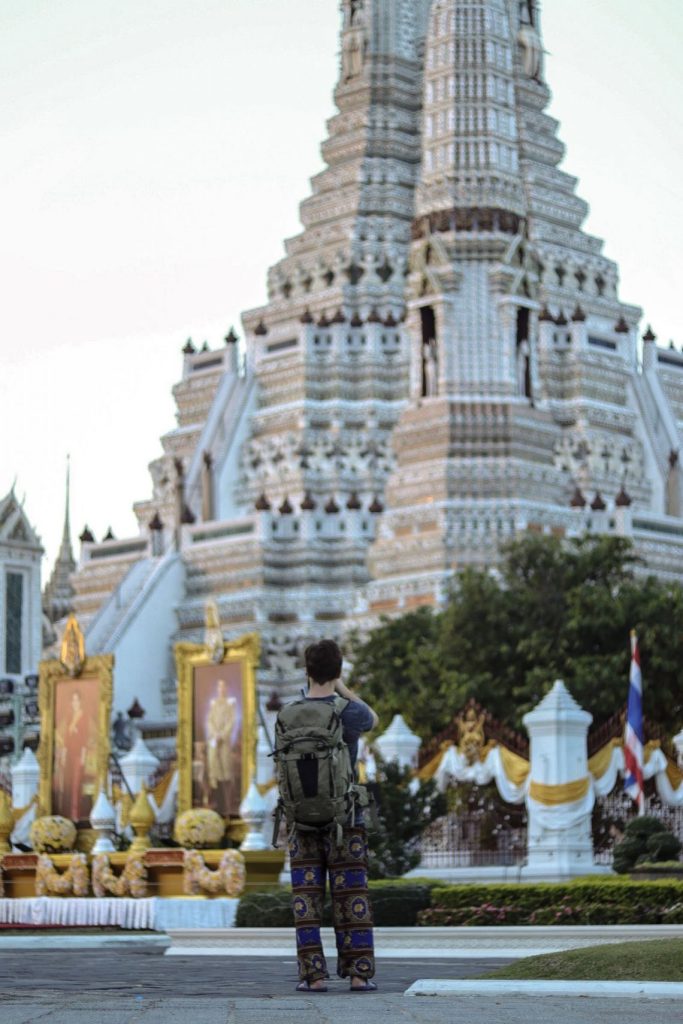
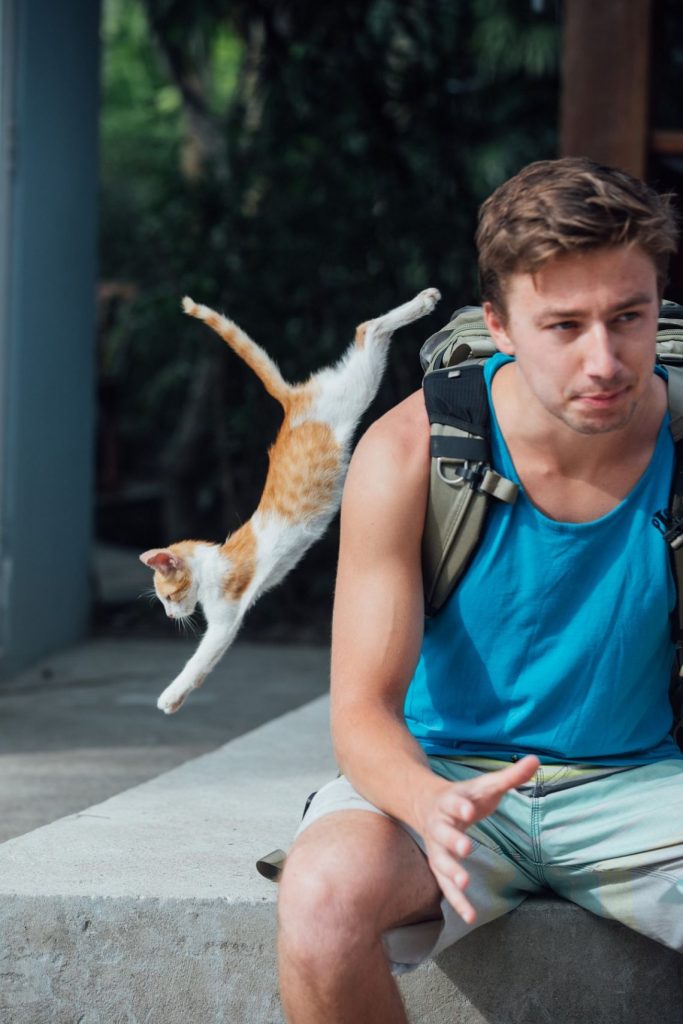
We spent 25 days in Thailand, landing first in Bangkok, where we explored the temples, the city, and were introduced to the Thai culture. We then traveled down to Phuket where we spent our first night all together, in an excessively nice Airbnb. Next, we spent 3 nights in Koh Sok national park, it was here that we had time to relax and reflect on our experiences, talk with the locals, and explore the natural beauty. Following Koh Sok, we spent a night in a hostel in Krabi, then went down to the paradise island of Koh Lanta Yai, kayaking, and mopeding, dodging potholes and cows on the road. Finally we went to Ao Nang, where we spent our days exploring Railay beach, rock climbing it's caves and coastal cliffs.

We made 3 short form edits while on the road, I was able to edit in hostels and airbnbs. On the raod, my Tilopa held my laptop, all my hard drives, and camera gear:
Bangkok (1st stop on the trip). Exploring Buddhist temples, experiencing the night life, the bustle of the city.
Phuket (2nd stop). We left Bangkok and headed to the island of Phuket where we finally met all our friends, staying in this over-the-top airbnb. Monkeys were climbing all over the packs and we had to protect our gear while at "Big Buddha" temple.
Koh Sok (3rd stop, final short edit). A stark contrast to the high end nature of our previous airbnb, we were afloat makeshift cabins on one of the most beautiful lakes we had ever seen. Our tour guides introduced us to Thai culture and we were finally able to experience the nature and culture of Thailand. Storms came through and we got drenched, but it didn't matter, it was paradise.
Bascom Brothers is a Madison Wisconsin based production company, while technically it's only Jacob Holiday and Eric Schirtzinger, they run on a "collective" model where they work very closely with other artists. They have three core artists, Joe Altwies (Photographer @hottcupofjoe), Samuel Li (Photographer/cinematographer @samuelli), and Benjamin Foster (Photographer/storyteller @coldwaterpeople). They have licensed footage and created videos for companies such as Huawei, BIG10 Network, USA today Wisconsin, and Seeker. While most of their videos are corporate or commercial, they try to maintain a freelance culture and enable their employees to work on passion projects. In this beginning stage of their company, they are trying to create the work we want to make, paid or not, so that our brand becomes known for the kind of work they enjoy, the last thing they want is to be stuck making corporate videos forever.
For more of Bascom Brother's work, check their website, Instagram profile, and Facebook page.
Eric Schirtzinger has been creating his whole life; when he was 10 he read program manuals for Macromedia Flash and did 3D modeling in Blender. He is currently studying computer engineering and computer science at University of Wisconsin Madison. He has always ridden the line between "technical" and "artistic" and feels the "left brained" and "right brained" aspects of his personality balance each other out. Travel has always been at the center of his passion for video production, while it's still purely independently funded, capturing memories and some of the worlds wonders continues to inspire him. When he is not traveling, he is filming commercials and promotional content for companies.
See more of Eric's work on his web site, and Instagram profile.
"We Are f-stop" is for all f-stop users to share their stories from the field, from small daily adventures to epic travels. Contact us with your story on Facebook or drop us an email to [email protected] and let us know where your photography takes you and your f-stop pack!
SHOP ALL GEAR MORE WE ARE f-stop


©2022 F-stop
The heart of each Camera Pack is the Internal Camera Unit which carries your kit. The Camera Inserts are interchangeable and each pack is compatible with various Camera Inserts.
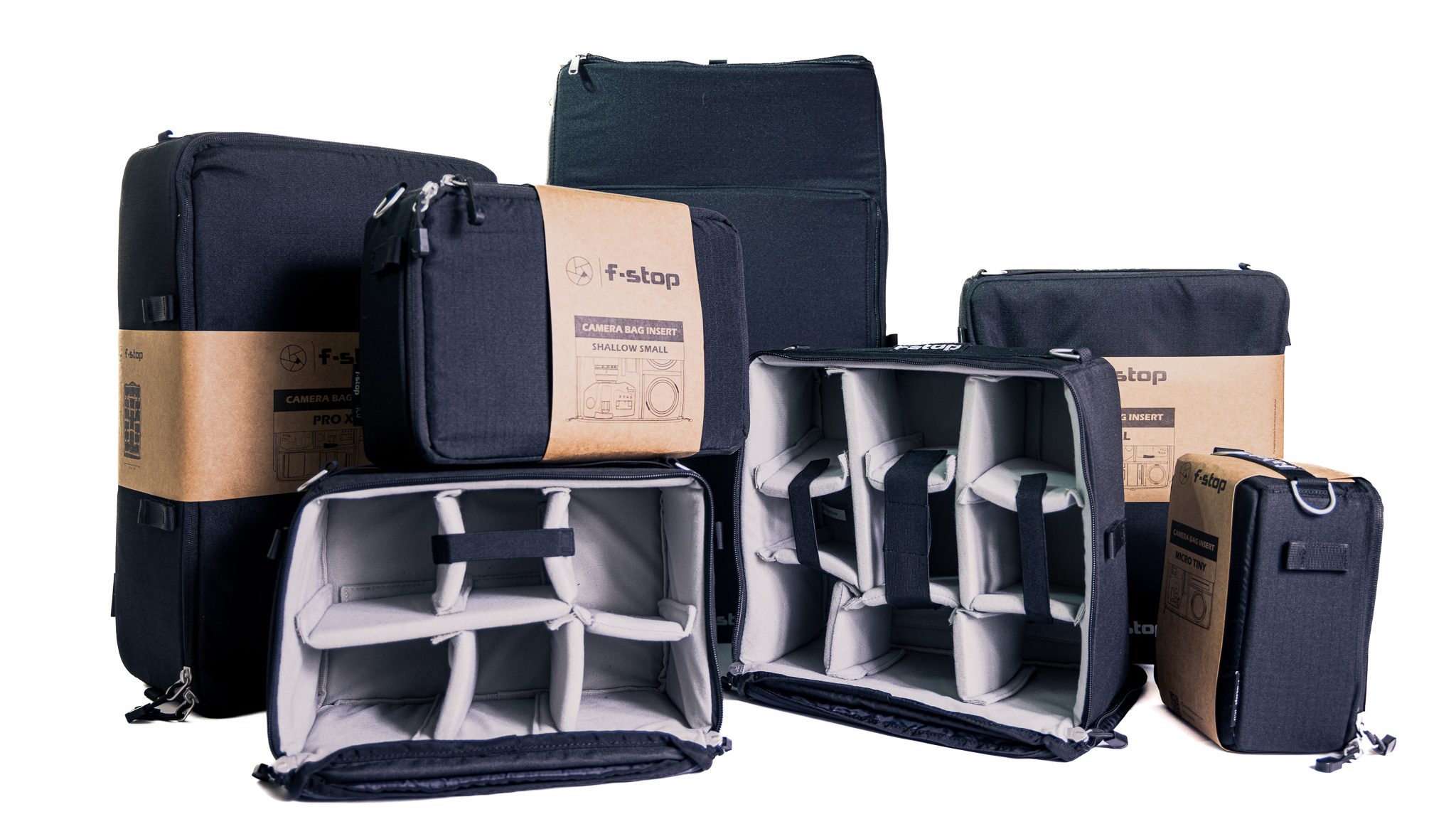
We will visually guide you through the diverse Configurations that you can achieve with each individual pack.
Not every pack is compatible or recommended to go with each Camera Insert. For instance, the Shinn 80 L is designed to accommodate large camera/video equipment. To fulfill this purpose, both the pack as well as the Cine Master insert have greater depth compared to other packs. The Cine Master Camera Insert is significantly deeper than the Pro XL Camera Insert. Therefore, when you are using an XL Camera insert it will not fill out the pack fully. As a result, you can avoid any movement of the Camera Insert in the pack you can attach it to the side attachment loops inside the pack ( next to the Aluminium frame)
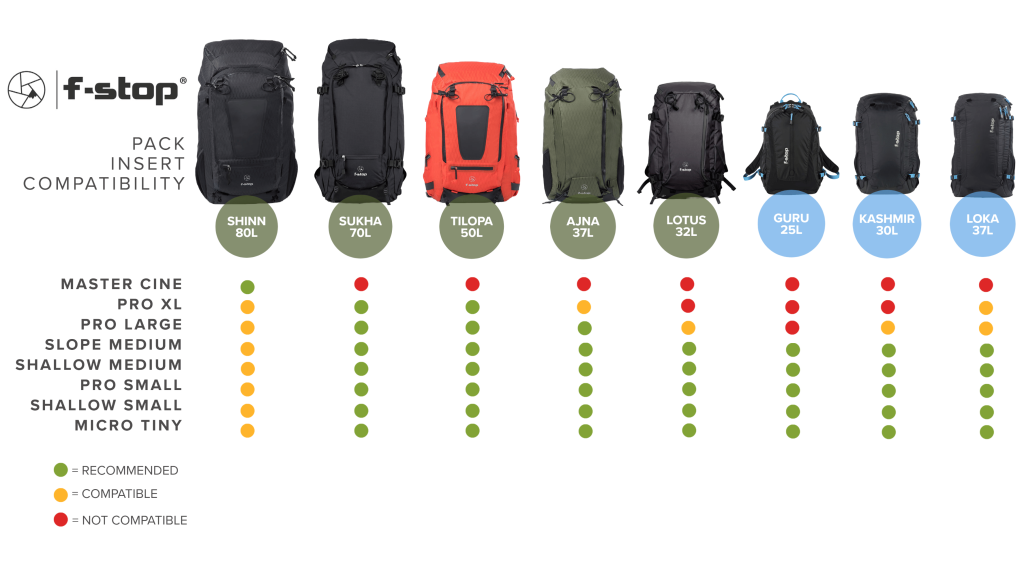
Furthermore, when choosing your Camera pack, you also want to consider how much extra room you need for additional equipment such as clothing, food accessories, etc. Gain a sense of the available extra space in the Packs with a variety of compatible Inserts.

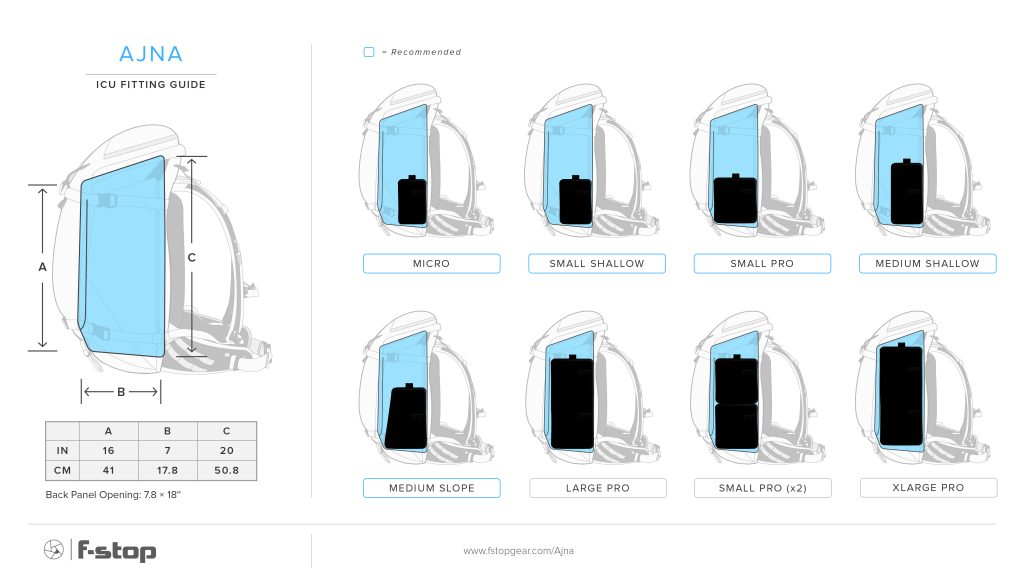

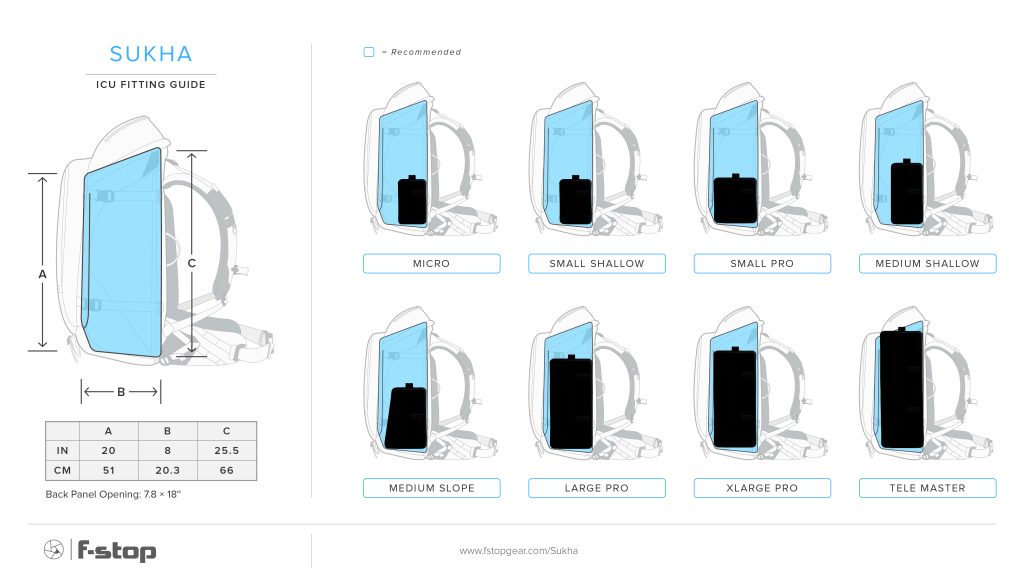




Learn more about how to select the best Camera Insert for your needs.
https://shuttermuse.com/f-stop-icu-size-guide/
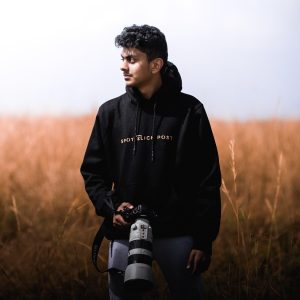
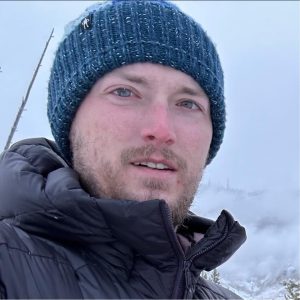
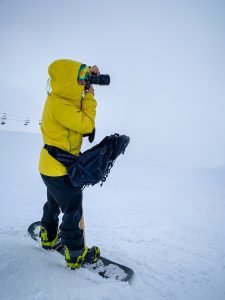
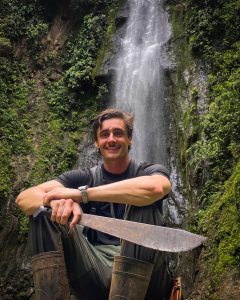
Joffrey Maluski is a French traveler and photographer based in South East of France. His work is mainly focuses on the outdoors adventures and landscape. He wants to inspire people to escape and feel more free outdoor. Often in the mountains, bivouacking and enjoying the best lights of the days. He is passionate about outdoors activities (Hiking, Climbing, Highline, Rope jump…) and finds his inspiration in Nature’s open spaces. The past few years he travelled in different countries like Iceland, Norway, Italy, Switzerland… that made him want to start living full time on the road from Canada to Guatemala for 3 years (2017-2020). Back in France since January 2020, he is now planning different bikepacking trips in France and at the international while creating content and documenting his experiences through his photos and videos.
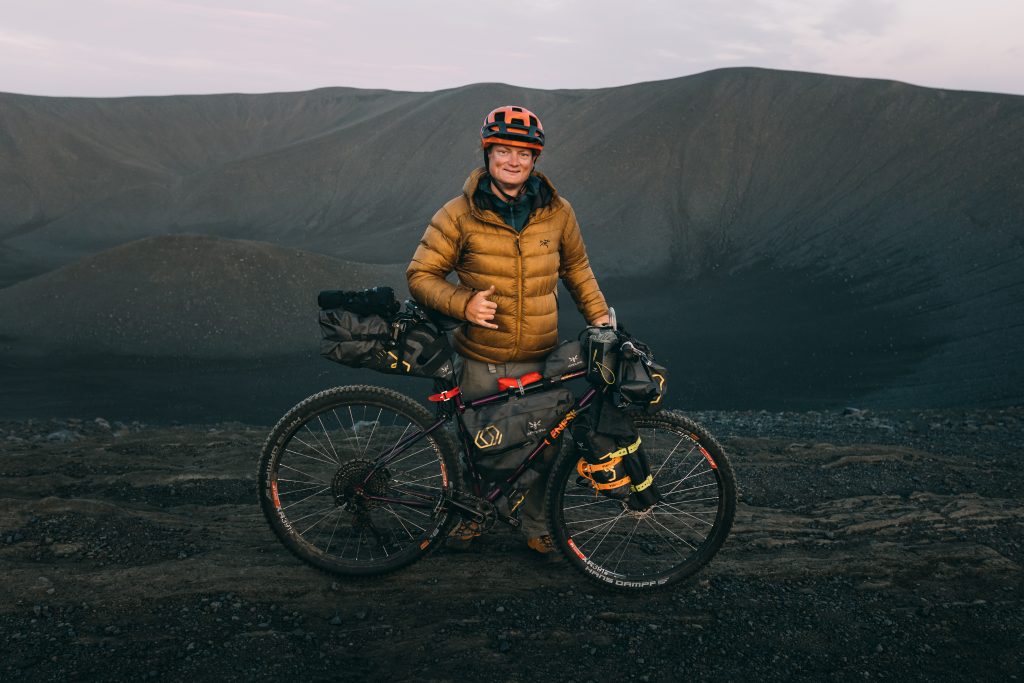
Joffrey Maluski 
It was a three months bike packing trip to the most remote place of the Icelandic highlands dominated by huge glaciers, ashen deserts and mighty lava structures. A demanding route due to the the extreme weather conditions and many rivers to cross. After two bike packing trips in France, one in the French Pyrenees doing climbing, highline, mountaineering and a second one in the French Alps by bike and ski touring, I was looking for a new destination that will challenge ourself. As I’ve been in Iceland in 2016, I knew it would be a great trip with epic landscapes and I always wanted to come back to explore more of the interiors, experience it in a deeper way. Two of my friends joined me on this journey, Léo-Paul Darse and Katia Bach. I know Leo-Paul since many years, we did lots of mountains and highline projects together, as well as the bikepacking trip in the French Pyrenees. So it was a pleasure to share this new adventure with them.
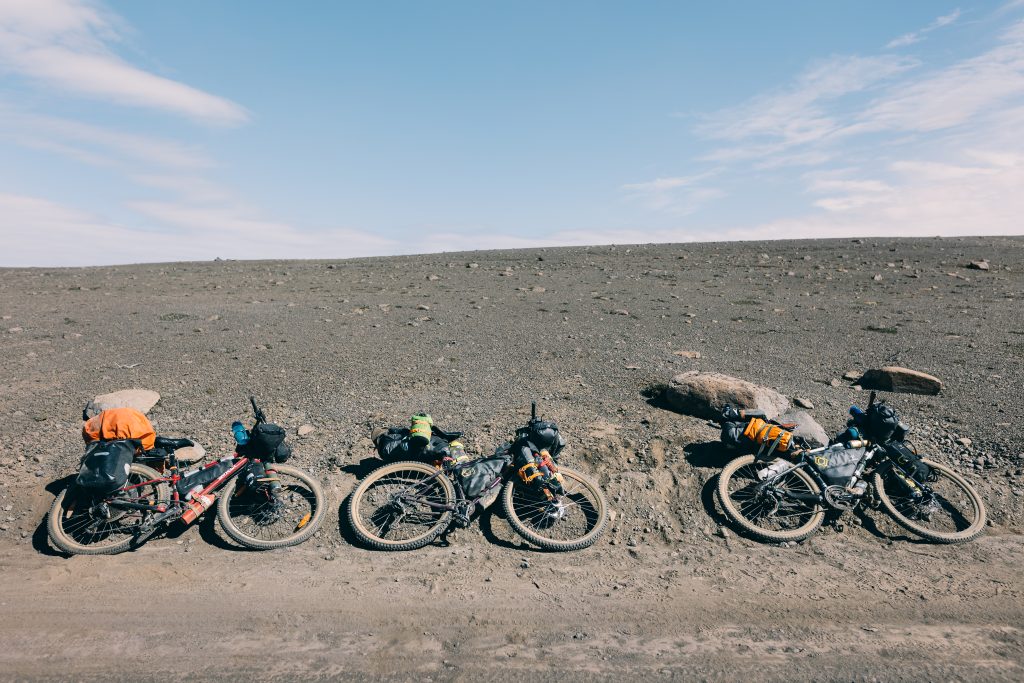
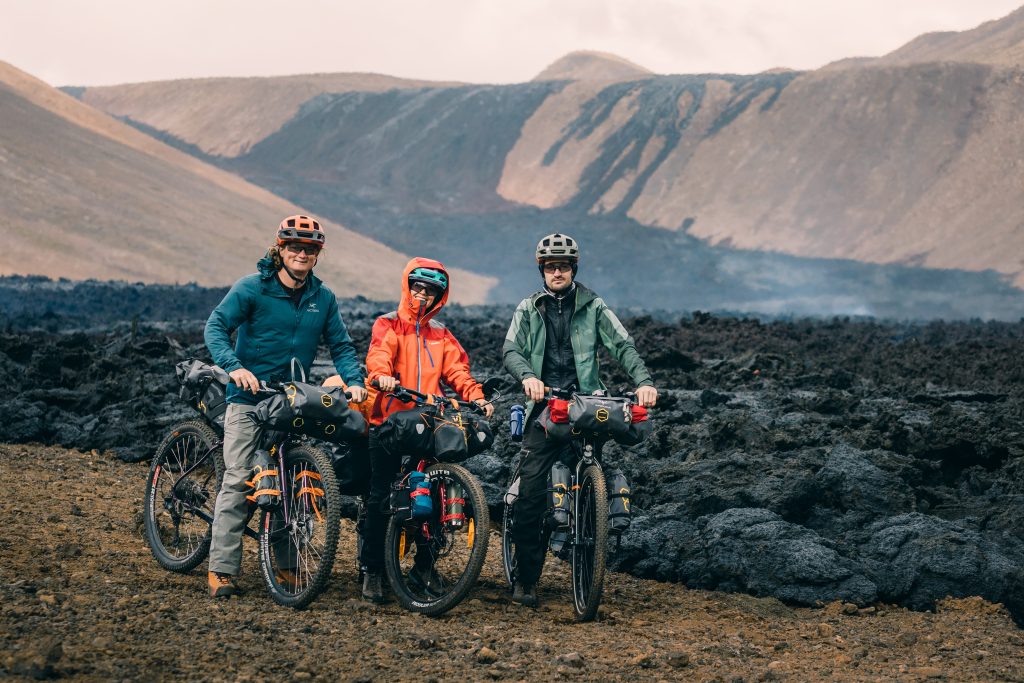
We had two main challenges, the rivers crossing and the weather, specially the wind. We had a few really hard day, like we can not stand up on the bike.About the rivers, the most difficult were the ones north of Hofsjokull glacier. They are dangerous, can be hight, powerful and can also had some quicksand. It’s a wild part of Iceland that even super jeep don’t often go. We actually haven’t seen anyone there. We started the days at 4/5am to get to the river early as possible, so that it was still cold and the water levels were low. Sometime we also had to go up the rivers to find a better way where the river is larger, so the water is lower and less powerful. Finally the river crossing became our favorite days, it was like a game, we had to find the best way to crossed them. Cycling against the wind learn you a lot, it’s a huge work on yourself, your motivation and mindset. It’s really exhausting but you have to forgot it and keep going. A friend texted me this when we where in Iceland : Wind is like life, sometime you fight, sometime you fly. It’s definitely true in Iceland!
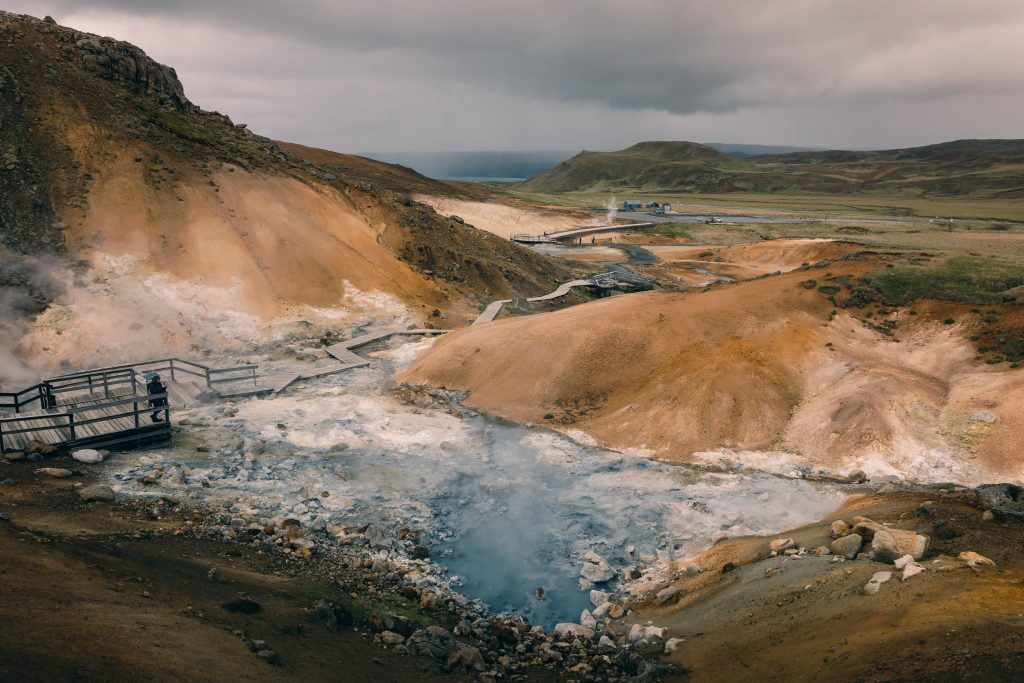
Joffrey Maluski 
The old f-910 from Askja to Niydalur is truly amazing, you are in the middle of Iceland, cycling on black sand along and pretty close to the huge Vatnajokull glacier. Everything is far away, you fill so lonely, experience something unique and vibrant.The old f-910 from Askja to Niydalur is truly amazing, you are in the middle of Iceland, cycling on black sand along and pretty close to the huge Vatnajokull glacier. Everything is far away, you fill so lonely, experience something unique and vibrant.The old f-910 from Askja to Niydalur is truly amazing, you are in the middle of Iceland, cycling on black sand along and pretty close to the huge Vatnajokull glacier. Everything is far away, you fill so lonely, experience something unique and vibrant.
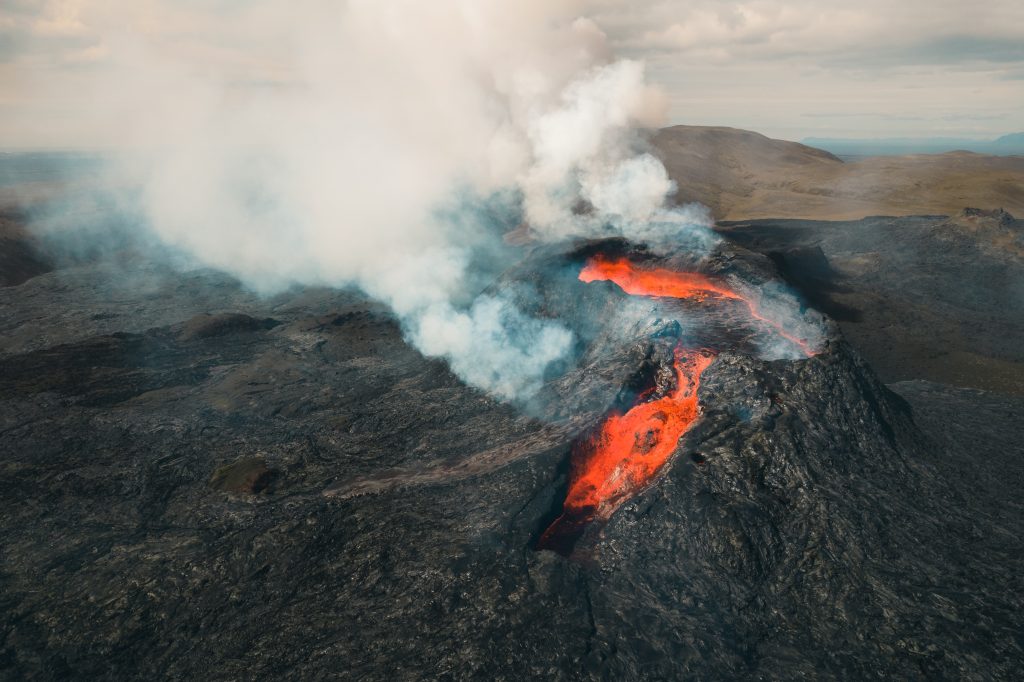
Bicycle touring and bikepacking are not reserved for over-trained cyclists, everyone can ride at their own pace and our body quickly adapts to the difficulties and the efforts that are required. I also think that with a good motivation and mindset we can go very far! Just get started and you will see, it rolls almost by itself!
About the equipment, it’s important to not hoard yourself with unnecessary things, often due to a fear of lack of comfort. If your budget allows it, try to favor quality and light equipment but keep in mind that you will find the equipment that suits you the best as you go on an adventure and gain experience!

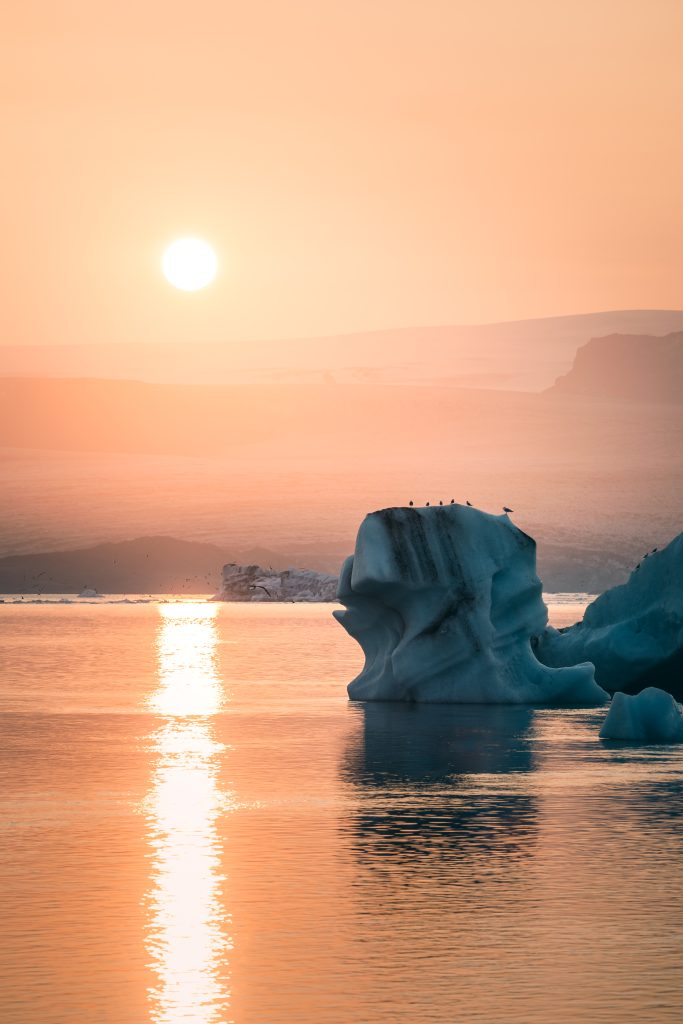
Joffrey Maluski 
I have a ton of bikepacking trip ideas in mind, the next big one will probably be in Finnish lapland this winter. I would love to cycle in the middle of the winter landscape and aurora borealis. I’ve been on this trip with the Canon R6 and 2 lens (Sigma 24 1.4 Art and Canon 70-200 F4). Also bring a Dji Air 2s, an Insta360 one x2 and a GoPro 9. All the stuff was in a f-stop Tilopa 50L and Medium Slope ICU.
You can check Joffrey's work on his Instagram and Website.
Fabio Silva Luis, graduated in Nurse Sciences, 5 years ago and found his passion for hiking and landscape photography. While he was doing his Erasmus in Oviedo – Spain, Asturias which is such an incredible place for nature/hike lovers, he started his hiking and photography journey. Fabio always had an artist vein to explore, since he was 8 years old Fabio loved drawing and used his parents film camera. Now he's 32 a Portuguese living in Italy for the past 3 years. Ever since he found this passion, he's been exploring the nature in her rawest format and untouchable version, capturing her beauty as he saw her, trying to immortalize some moments that will capture the people's attention for nature and give her the right respect and love.
Last year I've met Christian Bruth in the Dolomites since that time we’ve connected through Instagram talking about when we could meet again and explore other natural panoramas. But due the worldwide pandemic we were living was not easy to come with a date. After some time, we’ve finally come with a date and a location to met again, from the 23rd until the 30th of May in Switzerland. This trip meant a lot for me especially in this occasion with all the lockdown the crazy work rhythm’s I needed to relax and exhale all this contaminated air, finding my inner balance by connecting with the nature and the mountains.

For this adventure, I’ve decided to change the way that I travel by challenging my self by carrying only the Tilopa 50 L for the entire trip where I’ve fitted my photography gear has my Sony A7iii, my lenses (24-105G, 14-24 Art and my 100-400GM) has well my Mavic Air 2, a Gopro H7 and my tripod. A part from my photography gear I’ve fitted also 5 T-shirts, 1 mid layer, Socks, underwear, a rain poncho and accessories (batteries, headlamp, etc…). My packing plan for this week was to plan day by day where we will be, where will we sleep, the weather on the location. I was not worried about the quantity of gear that I was carrying because I could always wash it on the go and at the end of this adventure, I’ve realized that all this fear was only on my mind and in the reality traveling with less is much easier that we’ve thought, this minimalist approach for this trip made me enjoy much more the places I’ve explored by giving me more freedom of movement.
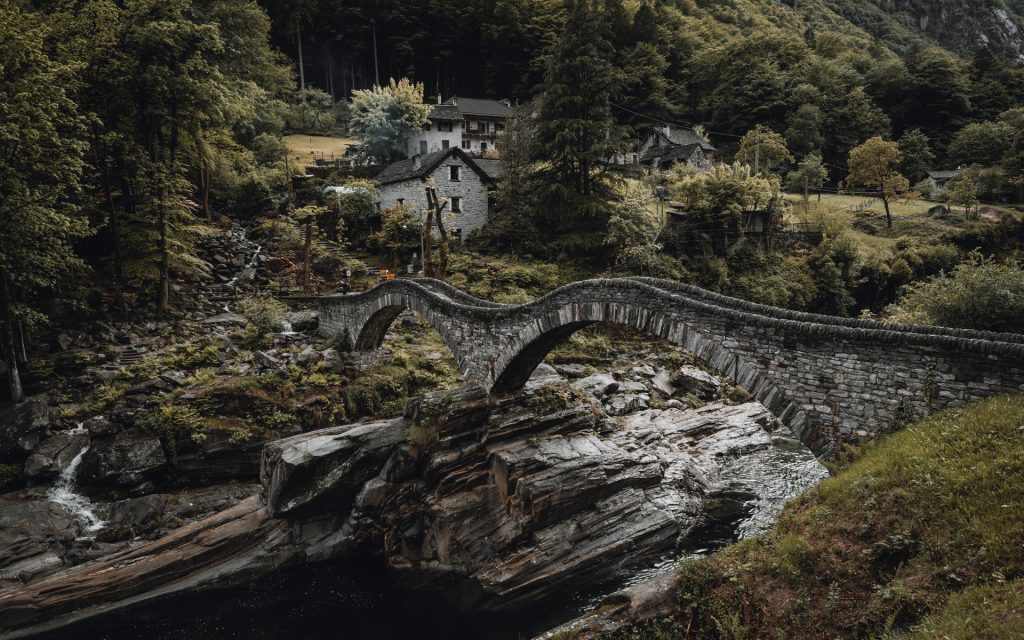
Fabio Silva Luis 
We’ve started our journey on the 23rd with a road trip from Zurich to Appenzell than hiking 16km to Fälensee and Saxer Lücke. We’ve done the return hike during night and we were death tired but was such an amazing day and experience. We’ve arrived at the car around 11pm having the energy just to eat something and prepare to sleep for the next day sunrise. We have woken up at 4:40am and was still dark outside. On the very start of the day we did a 30min car drive and a 1,5 hour hike to the beautiful lake Seealpsee, that was well worth it. After having our lunch we needed to move to Ticino our next destination, where we’ve found such an incredible atmosphere with the low clouds, rain and the hundreds waterfalls created by the melting snow. We’ve been there for 24hours to enjoy Valle Verzaska and Foroglio. The next day we spent it at Interlaken where we’ve visited Rosenlaui, Lauterbrunnen and Oeschinensee. We had such a pleasing surprise during the hike to the lake view point with an intense fog. We came across a group of Apex and this was the first time that we both had seen this particular creature in their habitat, they only are friendly until you cross the safety distance (around 10m) where they make a particular noise to let you know that you’re too close.
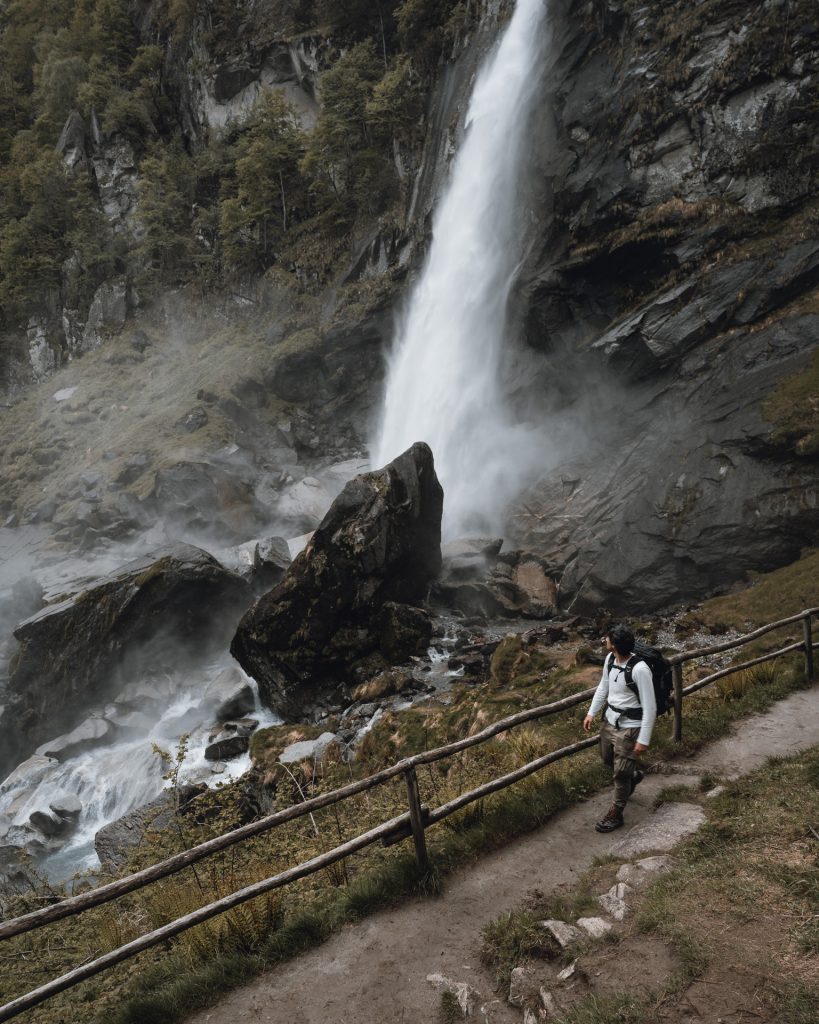

Fabio Silva Luis 
The craziest adventure was yet to come in Zermatt, we wanted to do the 5 lakes hike and watch the sunset at Stellisee but to reach we needed to do 9km hike, that wasn’t that bad has the descendent 9km hike to the hotel where we took like 3,5 hours to do in a pitch black night. Unfortunatly, my last day in Switzerland was arriving but before I leave there was one last location to explore Fronalpstock and a meeting with other photographers and nature lovers. Now that I’ve talked a little bit about our journey in Switzerland, there was one last thing that I’ve missed out and that's the food. To be honest we didn't have a great schedule to really enjoy a proper lunch and dinner because we were always on the go. But the breakfast was amazing with a lot of variety from salt to sweet options. Yet with the lack of time, we were lucky and had a tipical dish from Appenzel called Raucherwurstli mit kartoffelsalat that was like and potato salad with a bittersweet sauce and a big sausage.
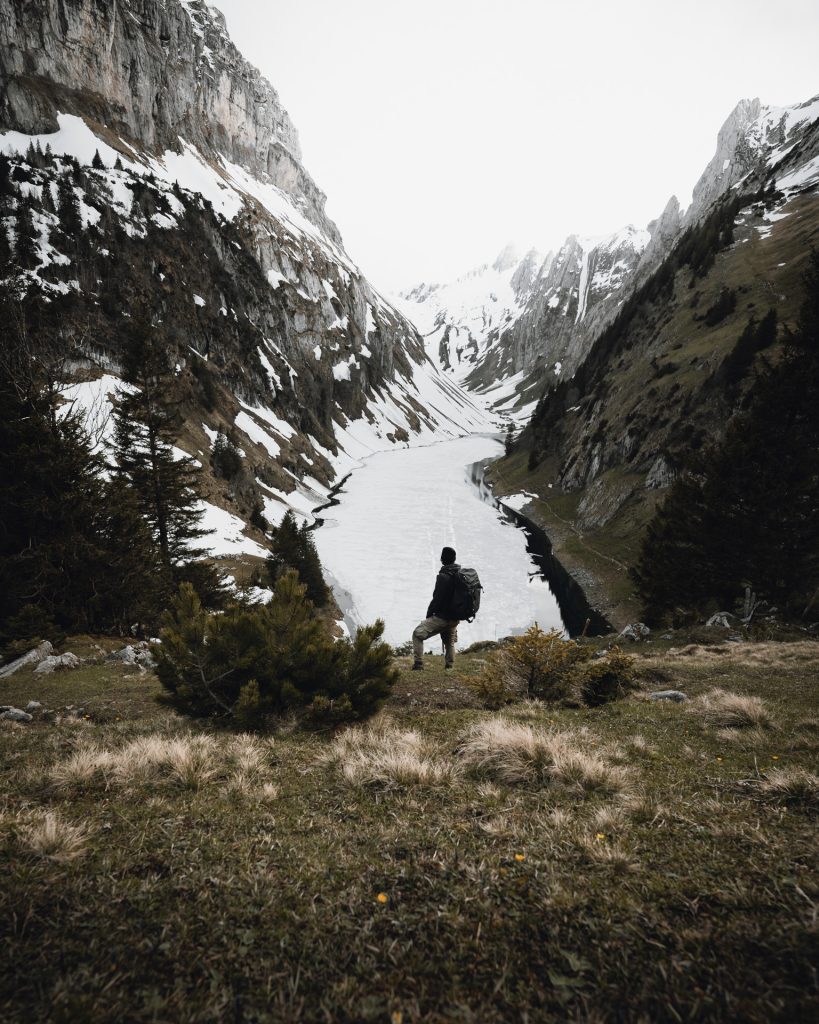
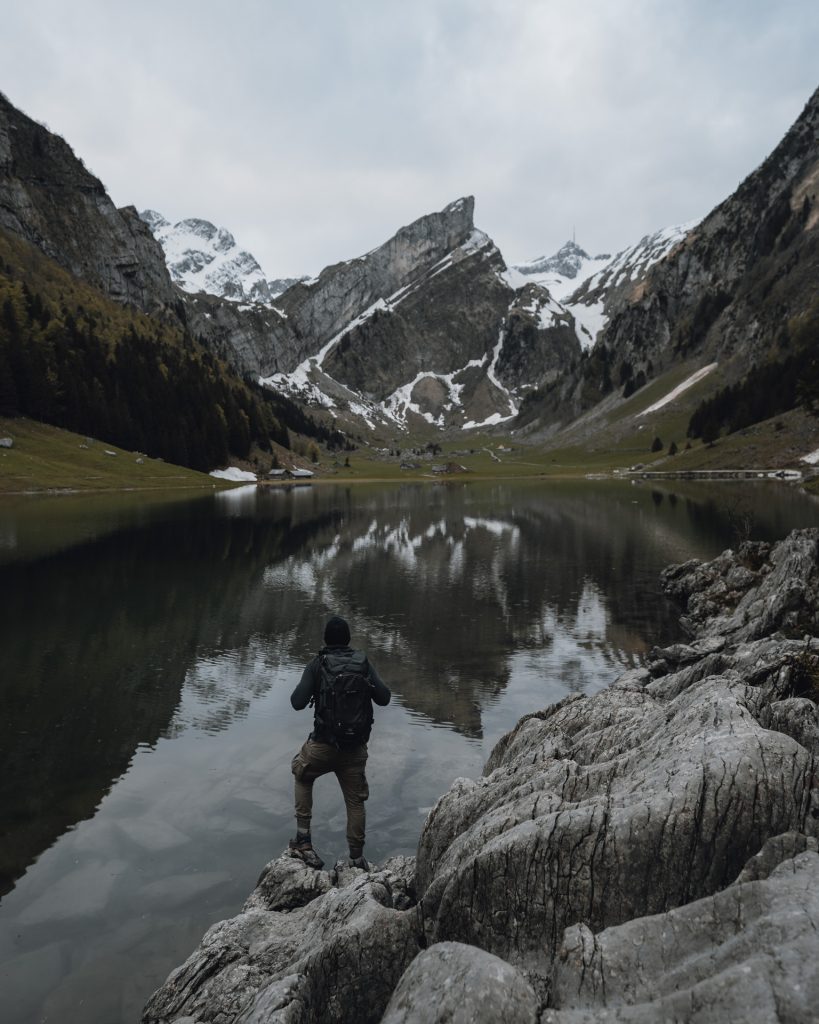
Fabio Silva Luis 
With the limited time that we had its important to plan in advance your trip, day by day, the location that you want to explore, taking in consideration the time needed to explore each location and consider always a plan B. Making a prediction on what you will need for the vacation in terms of cloths, gear. Making sure that you bring warm cloths in case of high probability of serious cold. Checking the weather for each day is a good way of planning the cloths that we might need. If you’re like me and like to be on the right place at the right time to capture the best image possible check the best times of the day to a “x” location, some are better at sunrise others at sunset. an use this widget to input text into the page.
While you’re web-scouting location for your trip try to connect with some local they know better that us the location and can give us really good advises. In terms of gear bring what you feel comfortable with, or with what your project demands, making sure that we don’t bring unnecessary gear and weight. Because the most important think while travelling and hiking is the weight, less is more.
Can’t wait for my next adventure, I’m already thinking in some location like West USA or Patagonia but let’s see how all this Covid situation evolves until September. Meanwhile I will keep creating content on my area Sicily/Italy and taking care of people as a nurse.

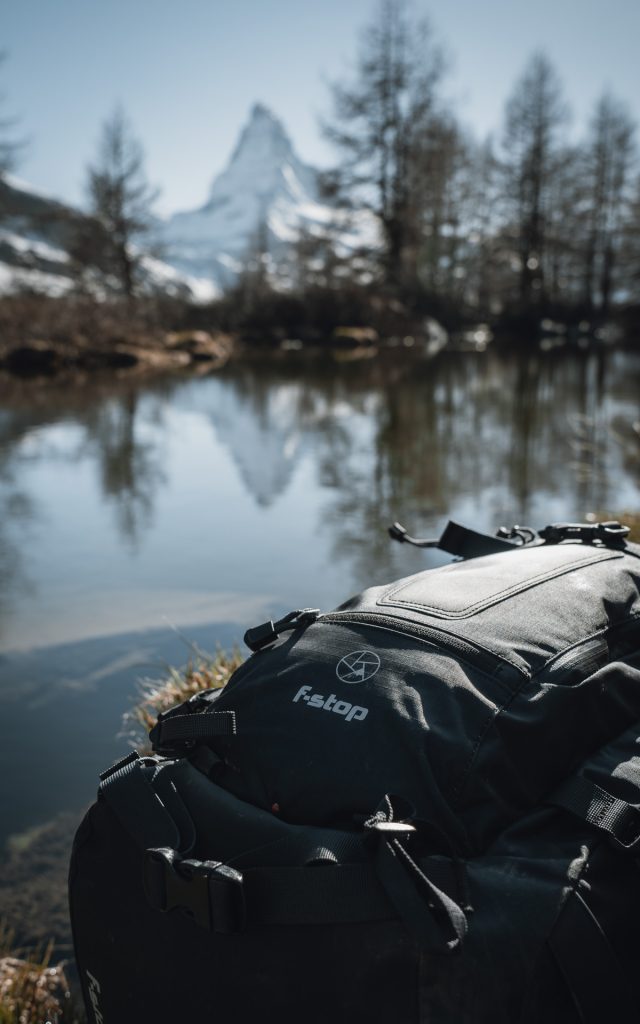
You can find Fabio's work on his Intagram and Youtube channels.
STAN EVANS, TESTED THE LIMITS OF A TILOPA DURADIMOND® IN SNOW AND ON THE BEACH
Stan Evans is a long-time f-stop customer, and he recenetly completed a challenging project for Subaru. Stan owns Stan Evans Photography. Stan escribes himself as "a portrait photographer that has a deep passion for portrait, lifestyle, athletic, and motorized imagery – probably in that order." Stan's truly unique images can be viewed as a narrative, and representative of his unique perspective.
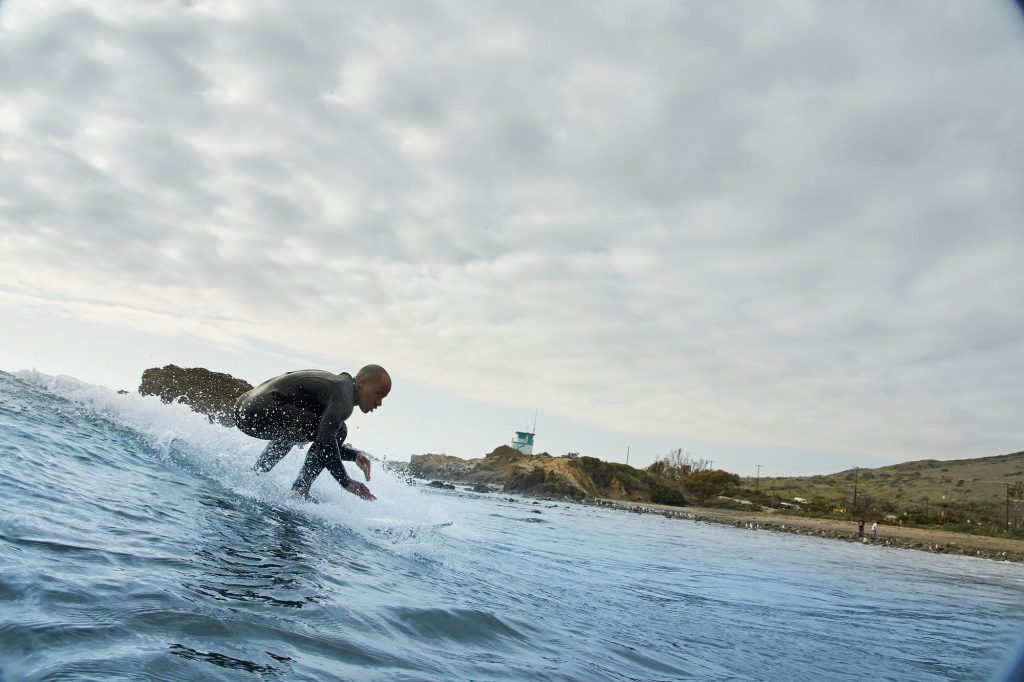
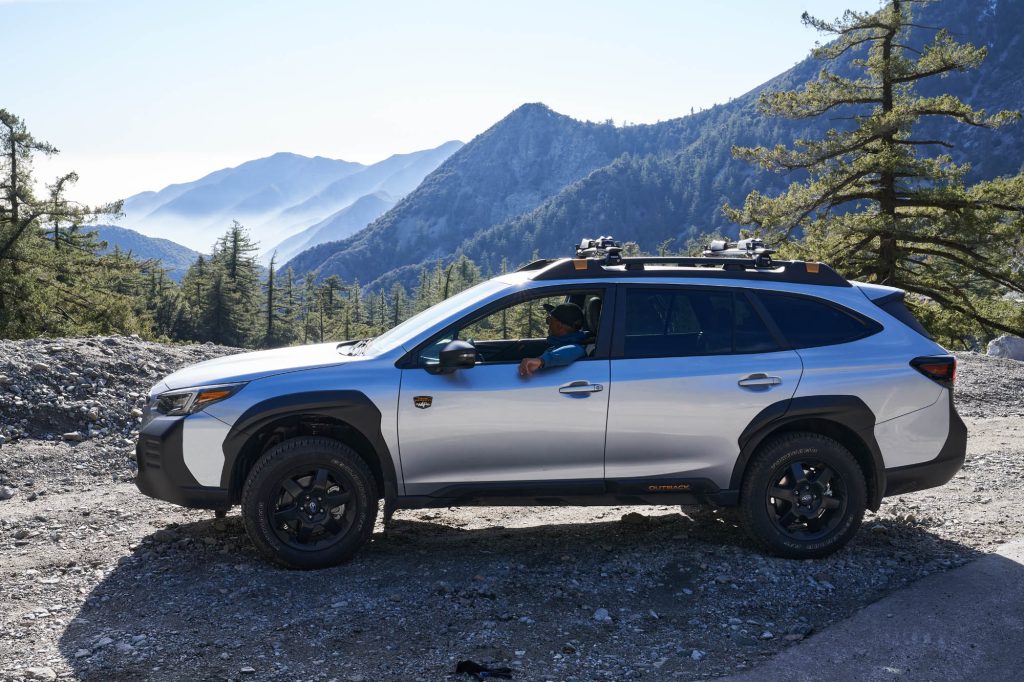
Q. What motivated you to become a professional photographer in the first place?
I grew up in Alaska and was surrounded by the beauty of nature so it just seemed natural to want to document it. I had a photography teacher in high school who kind of saw my unpolished potential and instead of giving me all the reasons I shouldn’t be a photographer she actually encouraged me and helped present a path. From there I went to college at Montana State graduating and began working in the outdoor industry. Eventually I became more enamored with the Commercial and Advertising side of imagery so I ventured to NYC, Learned a lot working with Monte Isom, Annie Leibovitz, Mary Ellen Matthews and eventually made my way to LA.
Q,. Tell us how you connected with Subaru for this project?
Actually, my friend Andrew Alexander King put me up for it. He had found out about me and my past through my podcast - The Social Studies Show. He sought me out in LA and was curious about mentorship in the media. He’s become a shining light on his own for diversity in the outdoors so when it came to telling his story through Subaru’splatform we found a good way to collaborate with our respective talents.
Q. We see in the images surfing and snow – that’s quite a wide range of environments. How did you select your gear for these two locations?
Oftentimes the environments and the physical demands of a shoot dictate equipment. Things have to be dependable, lightweight and necessary. The equipment then is chosen on a sliding scale based on vision, how you are getting to location and how many people are in the production crew. These locations are often volatile. You can drown or get hypothermia or frostbite just trying to get a photo so a lot depends on the photographer's experience in the outdoors and safety.
Q. Which f-stop bag did you take to each, and what did you pack in it(or them)?
I used the Tilopa 50L DuraDiamond in both environments. It’s very rugged and the camera gear needs protection, but also I needed room for extra layers, water, food, attaching crampons and Ice axes for snow. Flippers, underwater housing, wetsuit and goggles for water - so the backpack needs to be modular and easily arrange the padding due to the task at hand. It’s also comfortable and easily adjustable

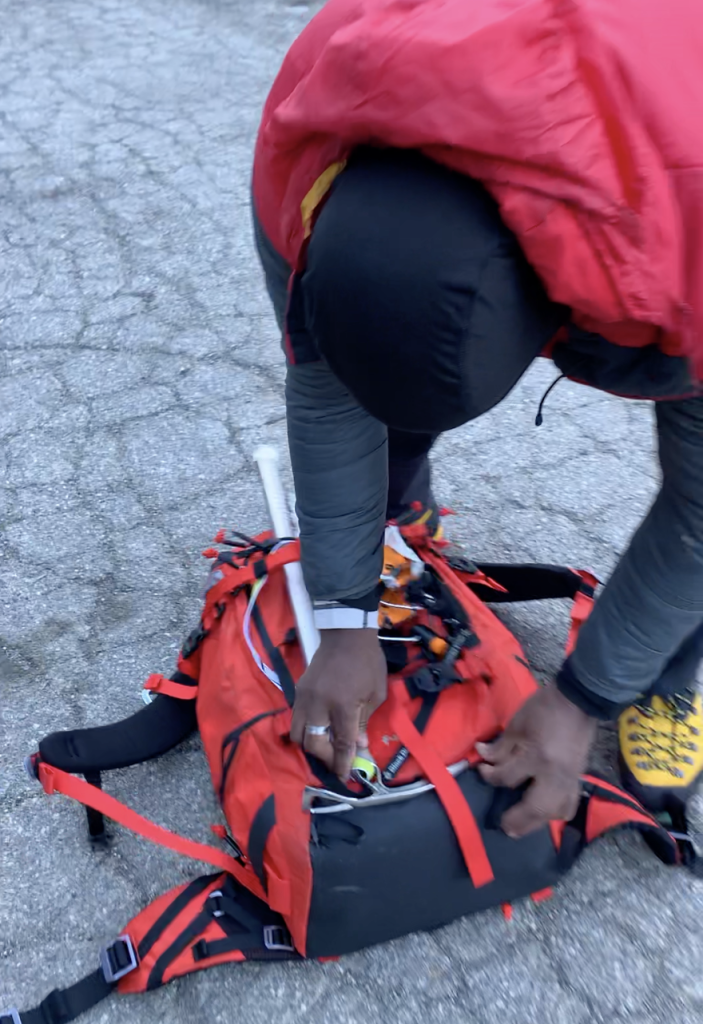


Q. What was most gratifying to you both personally and professionally about the Subaru project?
I think just being able to hire a diverse crew. It was a hard pressed effort to be the first Black Professional Photographer in the winter outdoor space and now being able to convert that to the commercial space. (You can read a feature article about Stan and his journey at Snow Boarder Magazine here.) To be able to Work with a dynamic person like Andrew and then be able to bring more people in and up like the DP Dennis Flippin and my assistant Marrice Hill. It extends the knowledge and puts money into the culture. From there Subaru taking Andrew’s story, distributing it and elevating it is the thing dreams are made of. A majority of Mainstream audiences don’t know Black stories or where we come from so brands taking an interest and then letting us tell our story from our narrative with Black Directors and Photographers is a huge step. It takes action from performative to progressive.
Read more about Stan at Voyage LA.



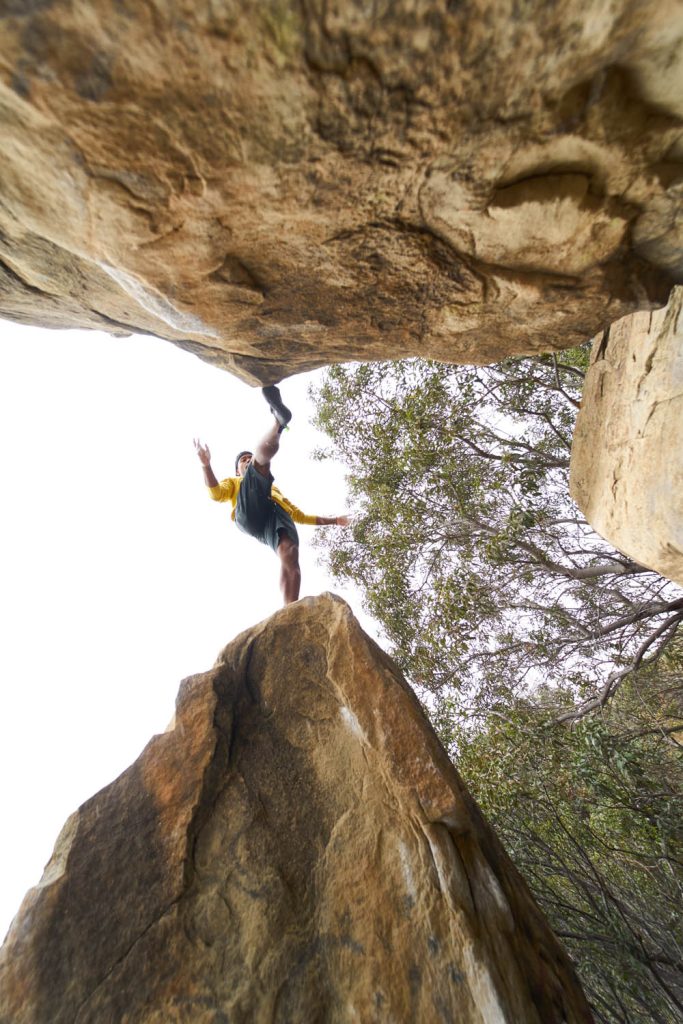



Joshua Snow is a Moab, UT based ex-engineer turned fine art Nature photographer, who specializes in creating ethereal and dramatic imagery and teaching advanced capture and processing techniques in his immersive photography workshops all over the US and world! Most of Joshes' time spent domestically is wandering around in his hand build travel van with all of the creature comforts of home with his partner and two rescue pups. In addition to f-stop, Josh represents Nisi Filters, Gnarbox, Lume Cube and Data Color as a brand ambassador and works closely with Really Right Stuff tripods as a beta tester and writer.
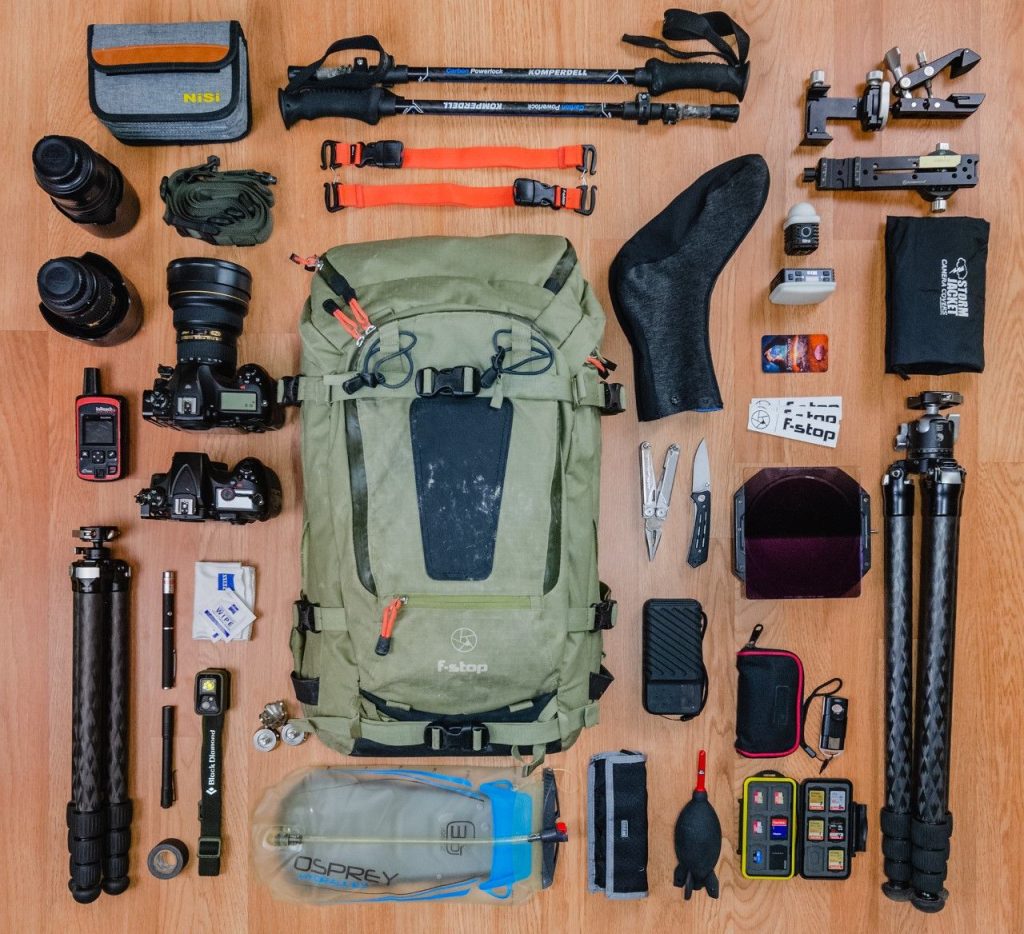
Joshua Snow 
I am a long time Nikon user and fanatic and my gear arsenal is comprised of a Nikon D850, D810, 2x 14-24’s, 24-70 and 70-300 Vr. Over the years I have curated this arsenal for purpose, versatility, and practicality. The Nikon D850 is a powerhouse with features that have helped shape the way I compose images.The D810 is a faithful backup in the untimely event the 850 fails, which knock on wood, has never happened.
The lenses are staples in my bag and since a majority of what I shoot is captured with a wide-angle it's imperative I have a lens that is capable of focusing very closely, is sharp and versatile for landscapes and night scenes. The 24-70 covers a lot of situations as well and allows me the versatility of capturing scenes in different ways, creating focal length blends for unique takes on popular locations and more. The 70-300 although not Nikon's sharpest tele-zoom lens is very light and since it doesn’t get as much use as the others, weight is important, and it's certainly sharp enough.
Joshua Snow 
All of my essential gear squeezes into an XL ICU inside my Tilopa with a little room left over for filters, remotes, flashlights, a GPS, lens cloths, hand warmers, a water bladder and a few other odds and ends I like to keep with me.The side pockets don't get much use since I typically have a tripod or two strapped to the side of the bag, but the top pouch and internal upper compartment share the load of these odds and ends and some snacks. Almost everything I carry with me aids in my photography, whether its snacks to keep me energized, a multi-tool to remove cactus barbs from getting a little too close, or hand warmers to keep my fingers, toes or even lens warm when shooting in high altitude or cold locations. I always keep my GPS/satellite messenger clipped to me in the event of an emergency, or to just keep in touch with my better half when I'm In the backcountry
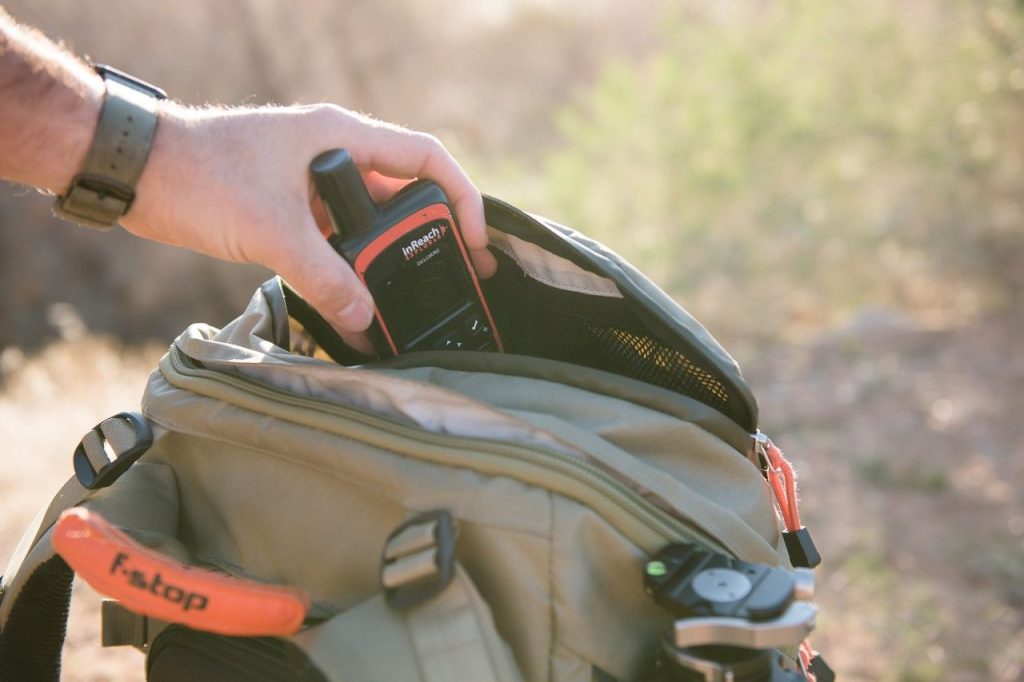
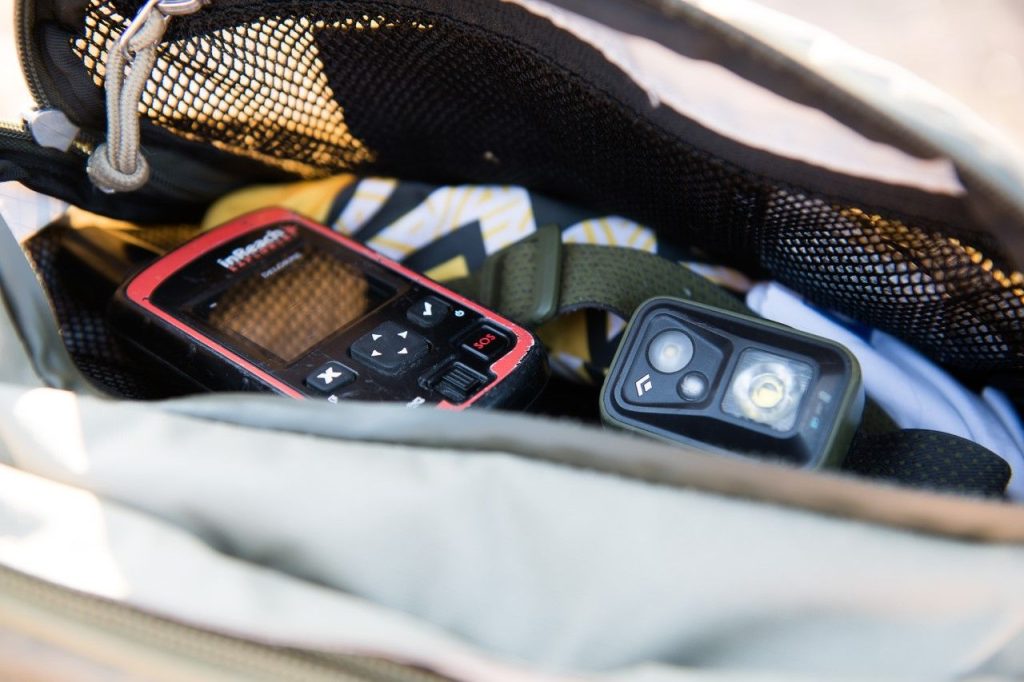
Joshua Snow 
I am always itching to get on the road when I am home in Moab, Ut for short periods to catch up on website and business work, each time getting a little less attached to a brick and mortar place to live. I love being on the road, wandering and exploring areas I either have visited or new places I've yet to visit. I am greatly inspired by the idea of waking up somewhere stunning and different each day, pushing open the van door with mountains and stunning beauty just feet away.
You can find Joshua's work on his website, Instagram and Facebook.
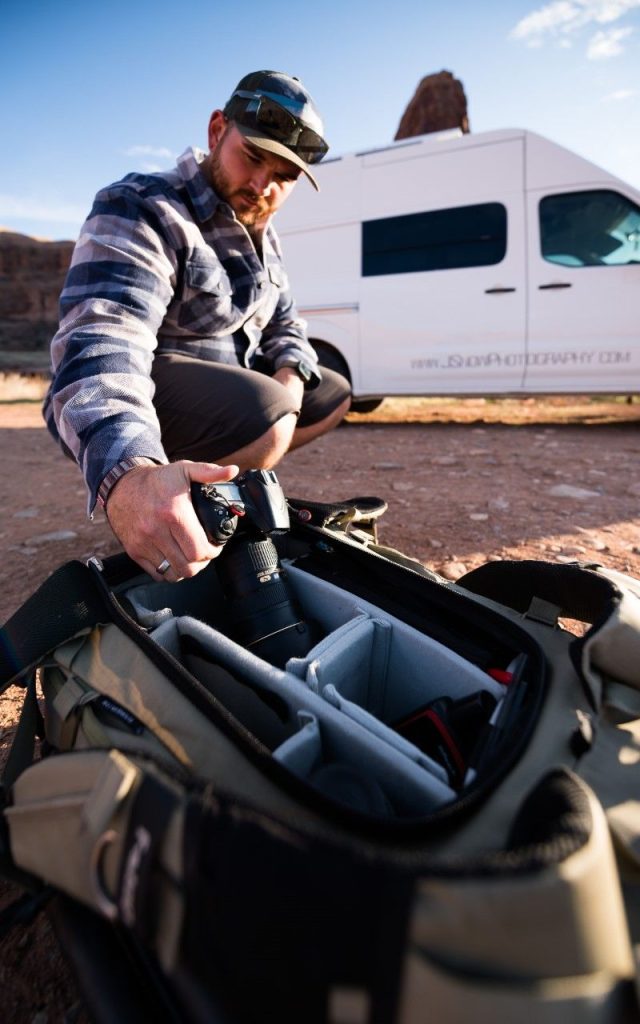
Nic Alegre grew up in East Hampton, New York and is an award-winning photographer for Teton Gravity Research. After graduating from Villanova University in 2008, Nic lived and worked in Manhattan for a few years before he followed his instincts west and spent a number of years in both Whistler, British Columbia, and North Lake Tahoe, California before landing in Jackson Hole Wyoming as the first lead photographer in TGR's 25-year history. In December 2018, he won Powder Magazine's Photo of the Year at the 19th annual Powder Awards in Breckenridge, Colorado and has been nominated four times since 2015. Last year, he was a finalist twice for the 2019 Red Bull Illume Photo Competition - RAW Category.
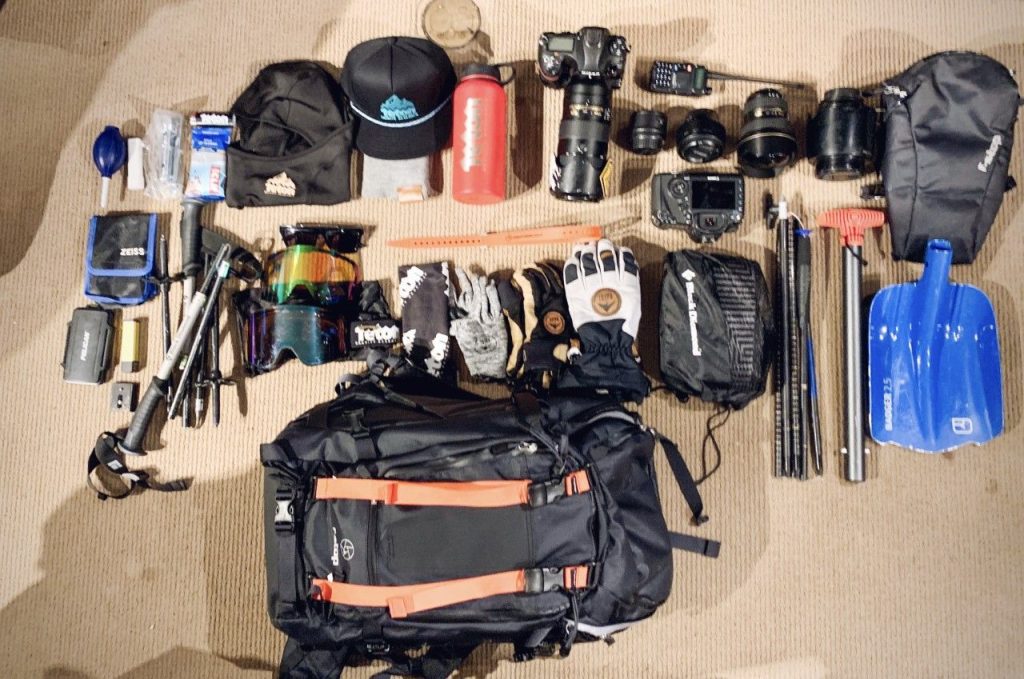
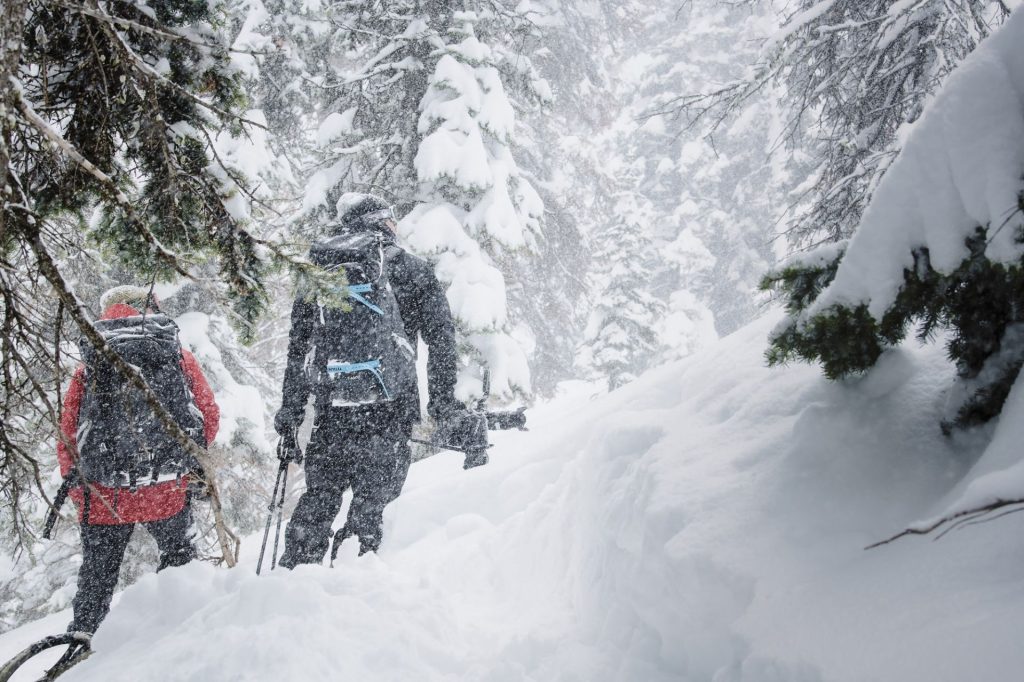
Nic Alegre 
I shoot Nikon D5, D4, and D850 bodies and Nikon lenses. I generally carry a single body in my Tilopa pack with a combination of between 4-6 lenses. When on assignment in Alaska and shooting dynamic and quickly changing action scenes hanging from a helicopter, I will carry two bodies at the same time that are usually mounted with 70-200mm f2.8 and a 24-70mm 2.8 Nikon lens. In some instances, I will switch out the 24-70mm for a 14-24mm 2.8 wide and keep a 2x teleconverter on me to attach to the long lens if the situation calls for it.The other lenses usually in my quiver are 50mm 1.4, 85mm 1.4 and a 300mm 2.8. I never use a tripod to shoot because of how much I move.
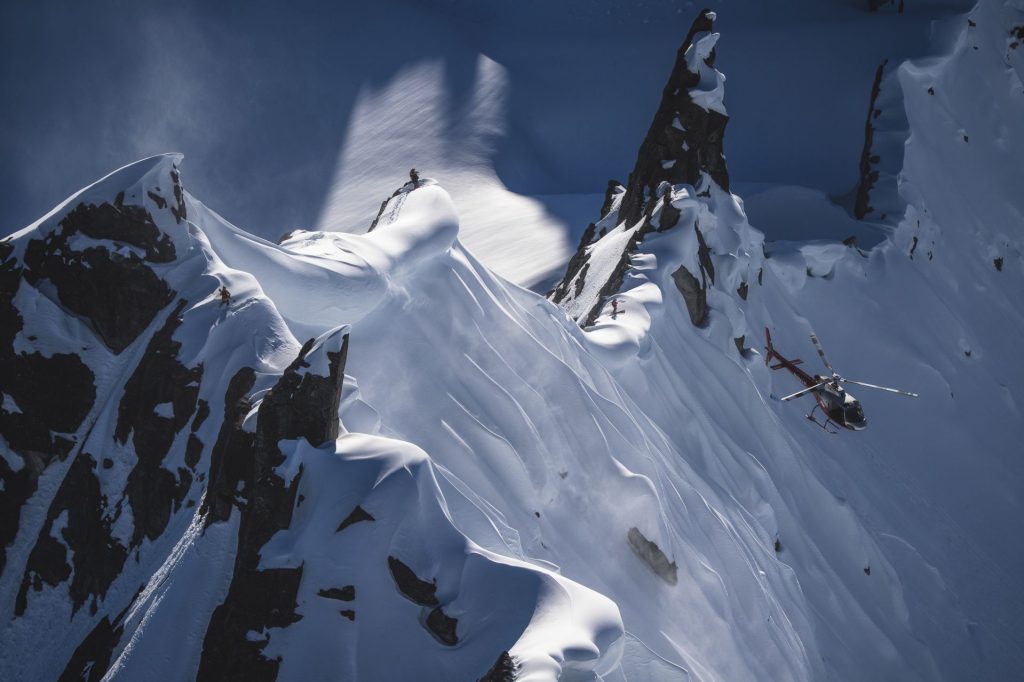
Nic Alegre 
I learned from pro's using Nikon and began shooting with their second-hand gear and never looked back. Nikon glass is the best in my opinion and the camera bodies have been battle axes for me. The environments I typically work in are harsh, wet, cold and dramatic and the Nikon gear, much like my f-stop bag, have proven that they can weather the storm in my expedition oriented shooting assignments.
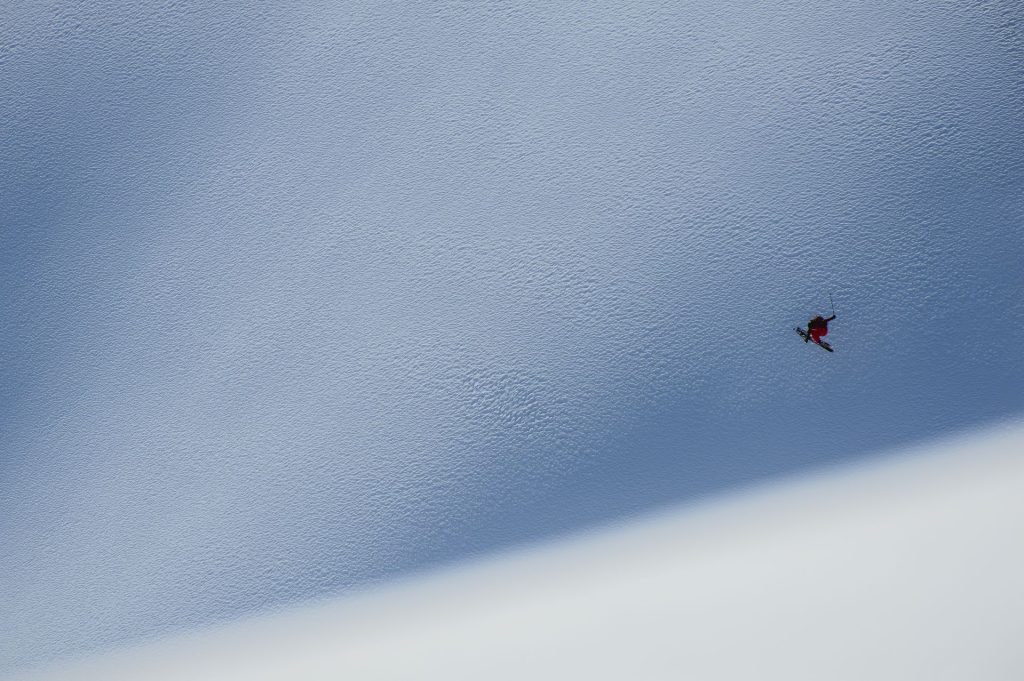


Discount Applied Successfully!
Your savings have been added to the cart.